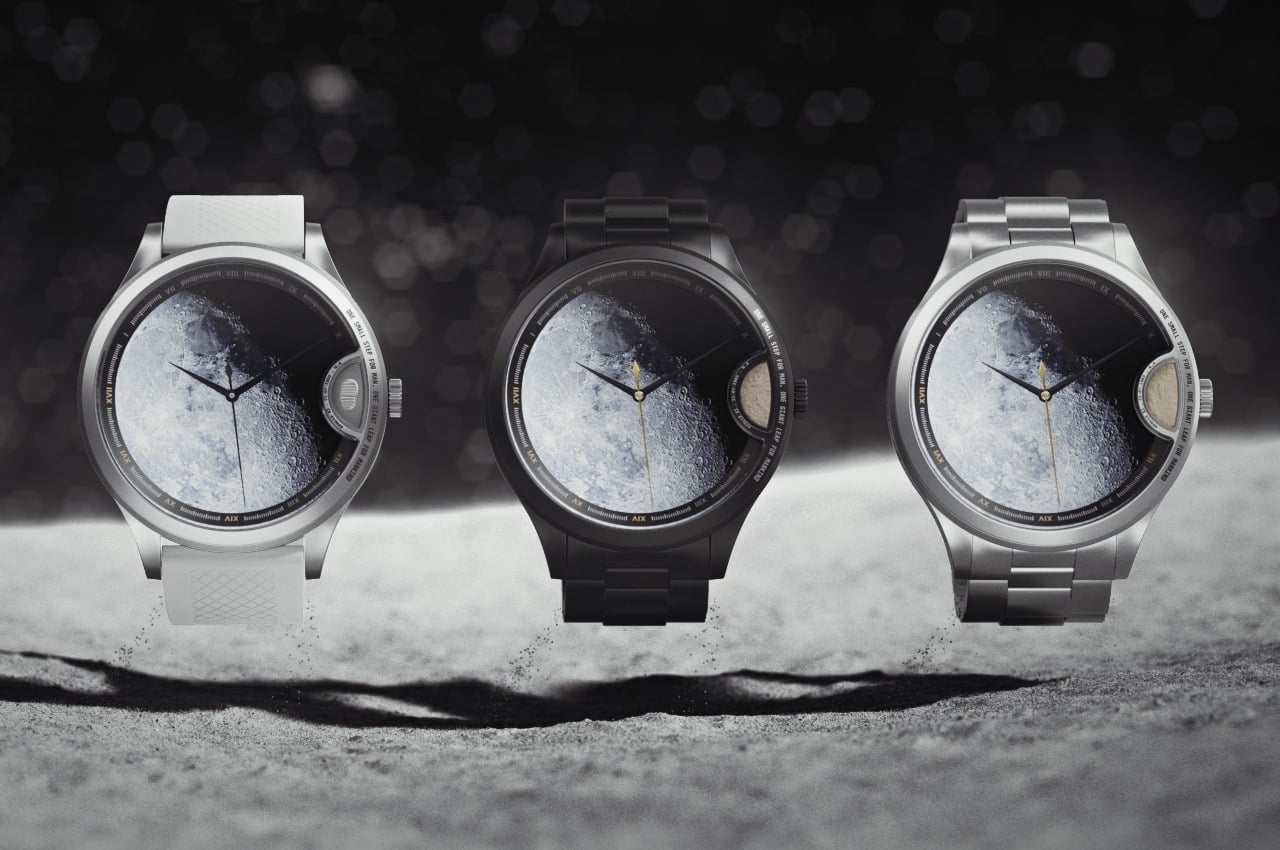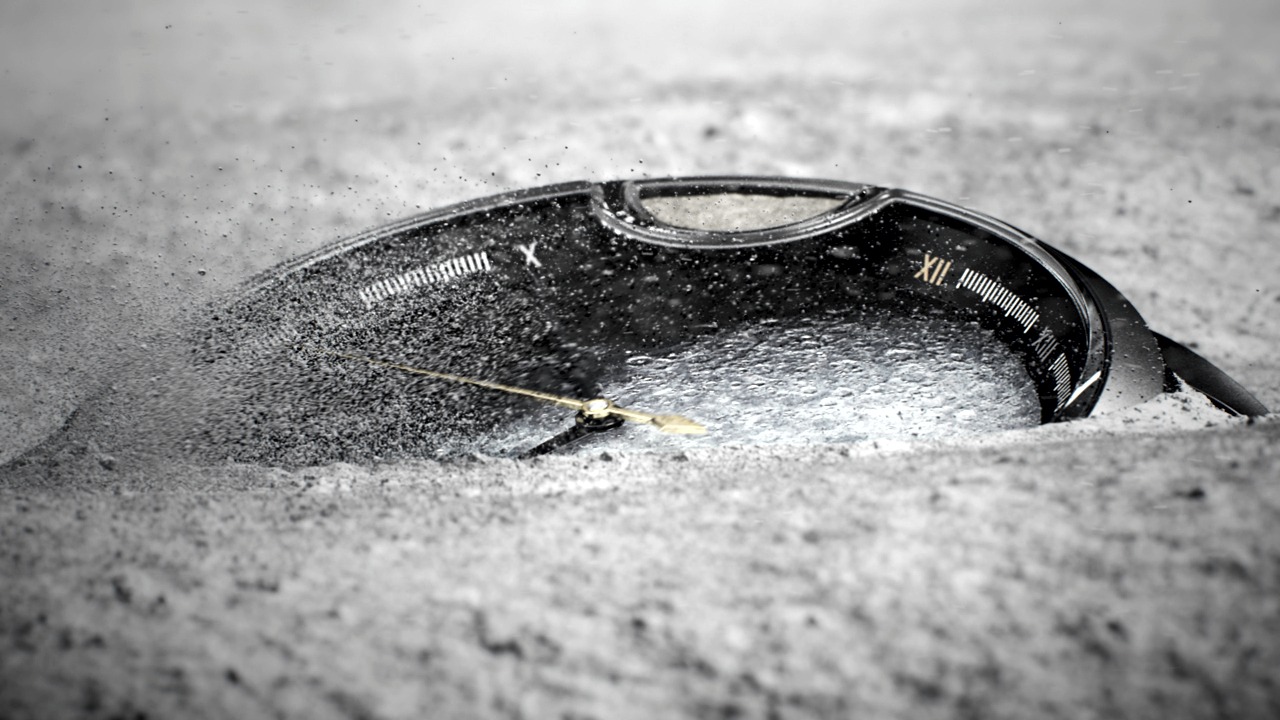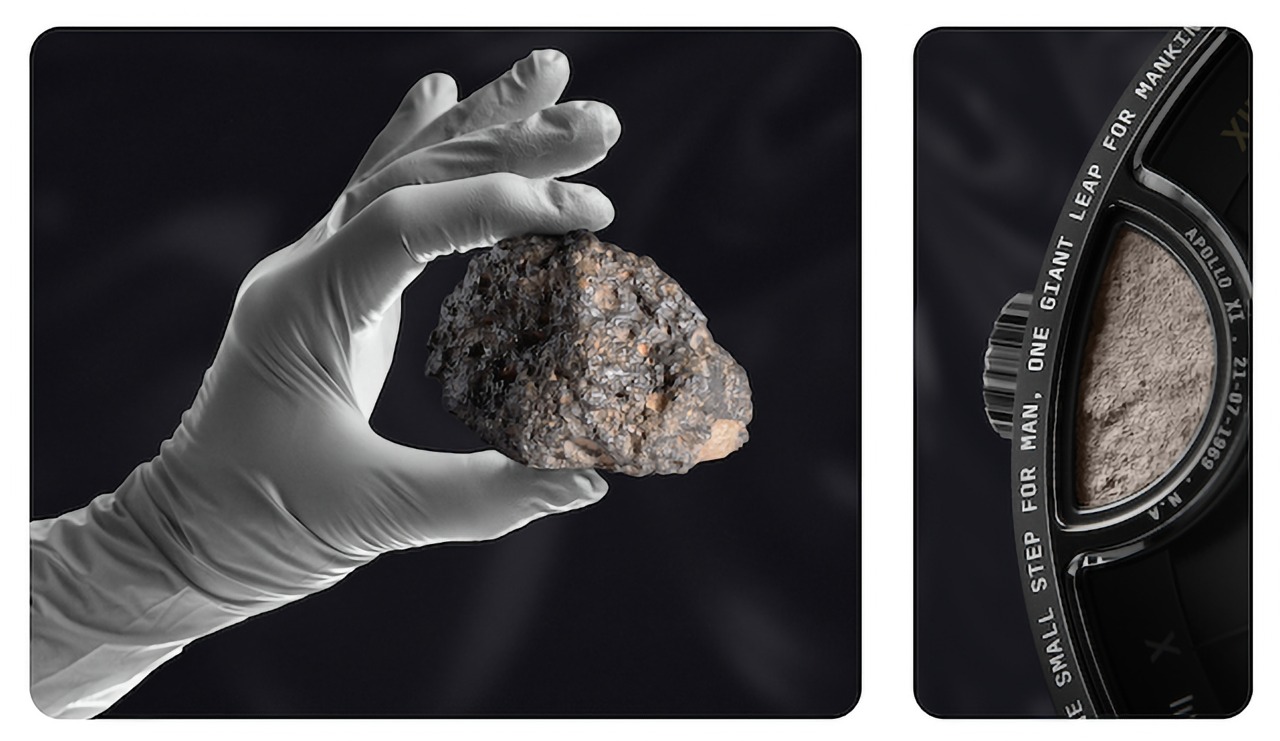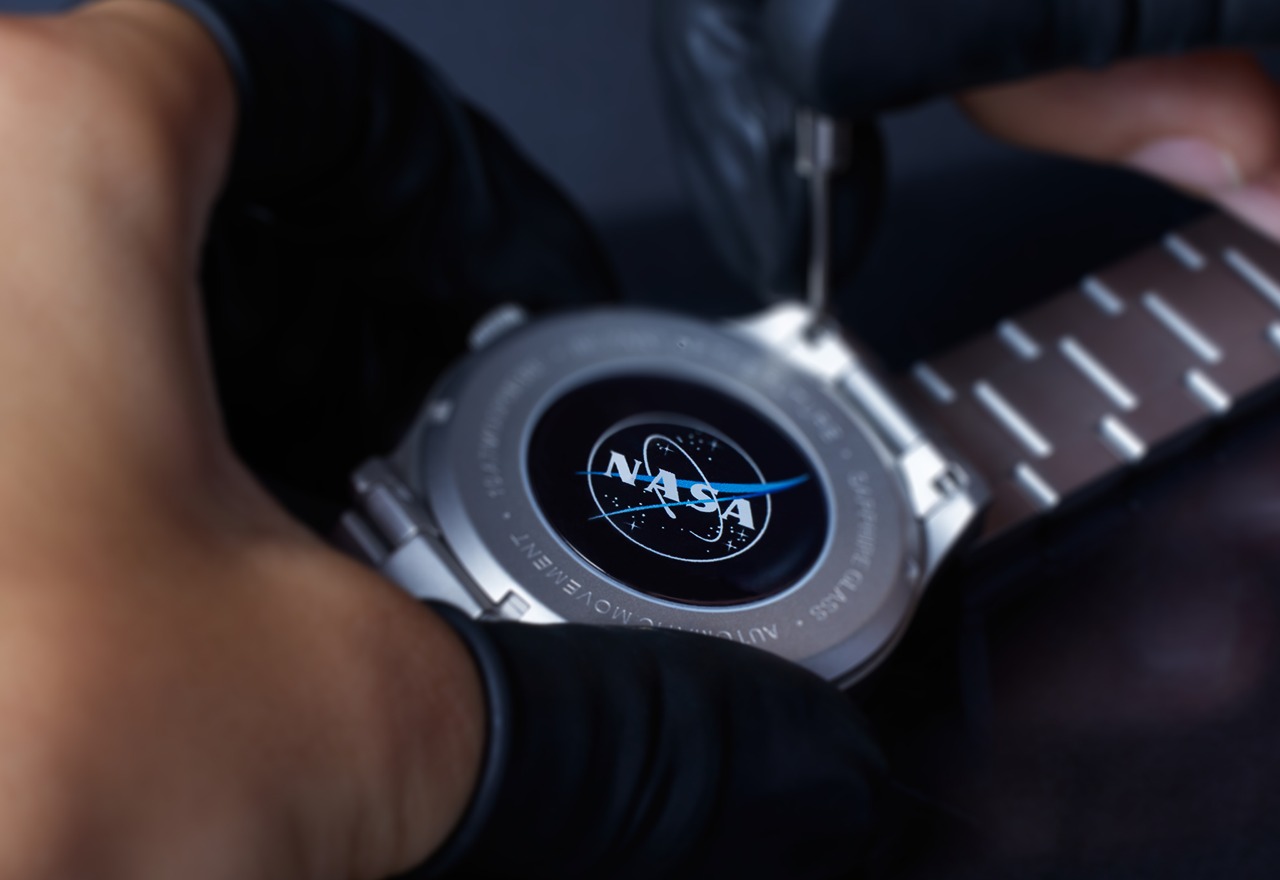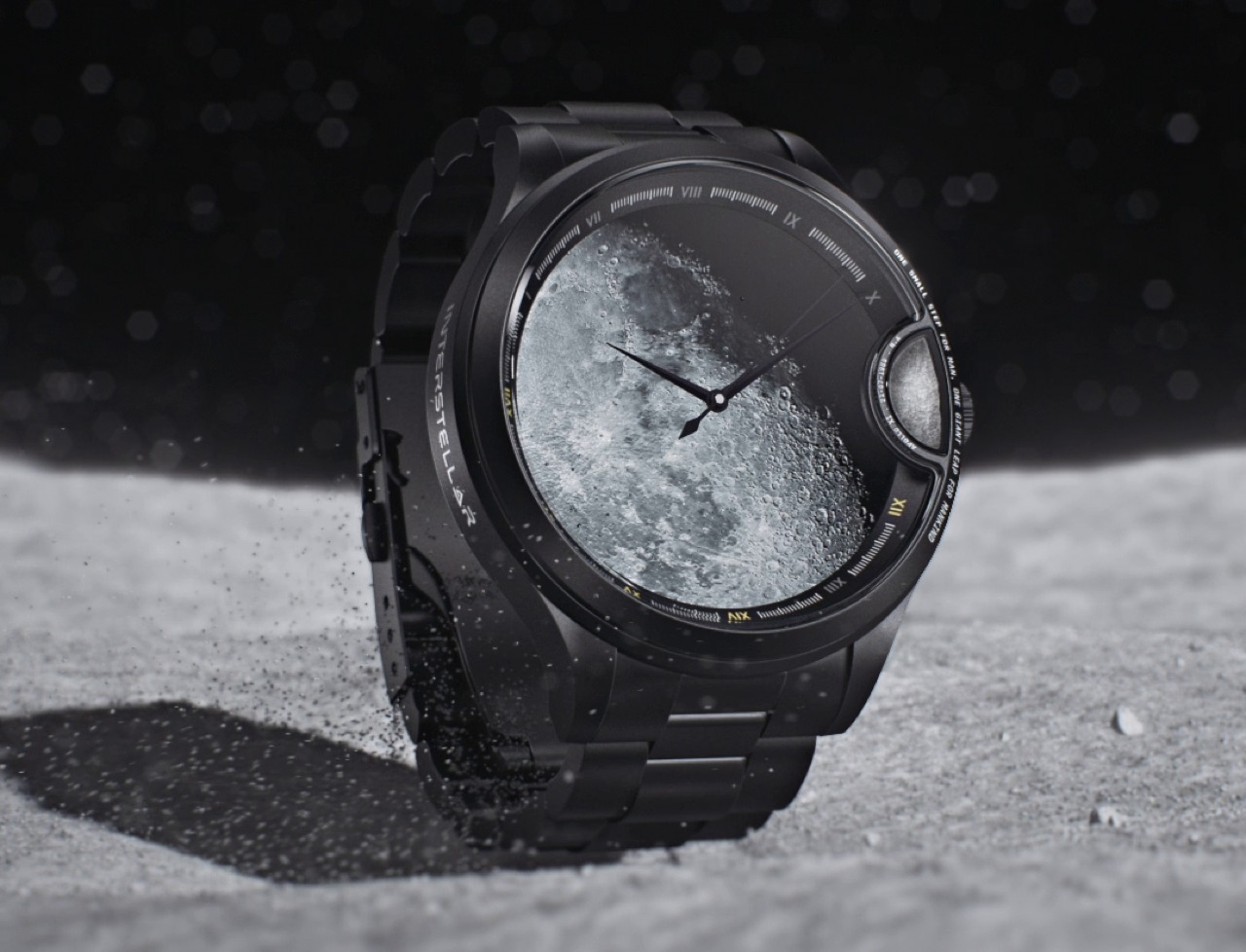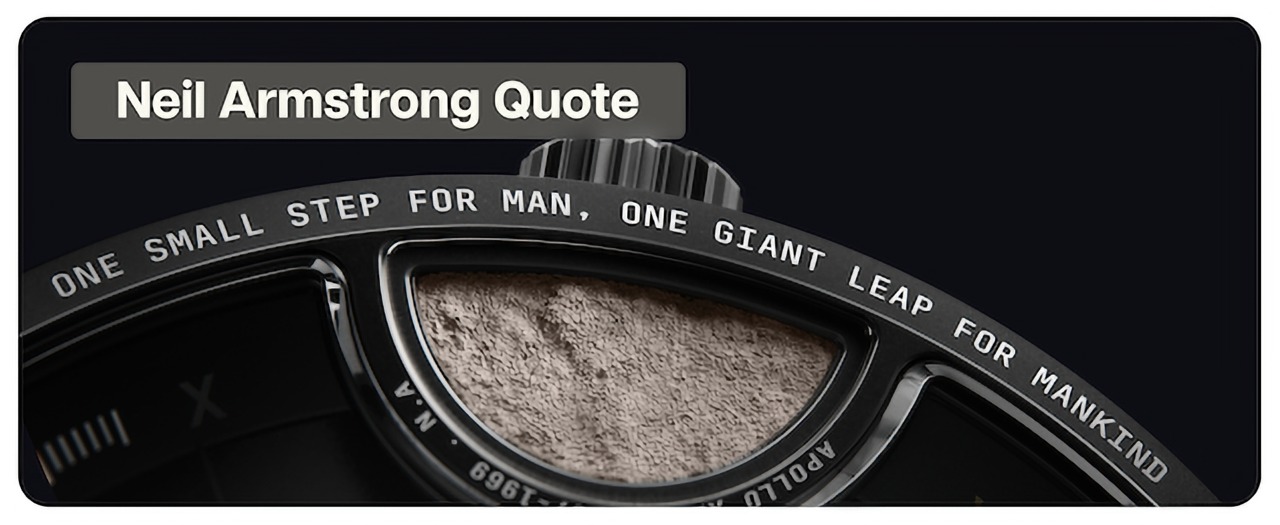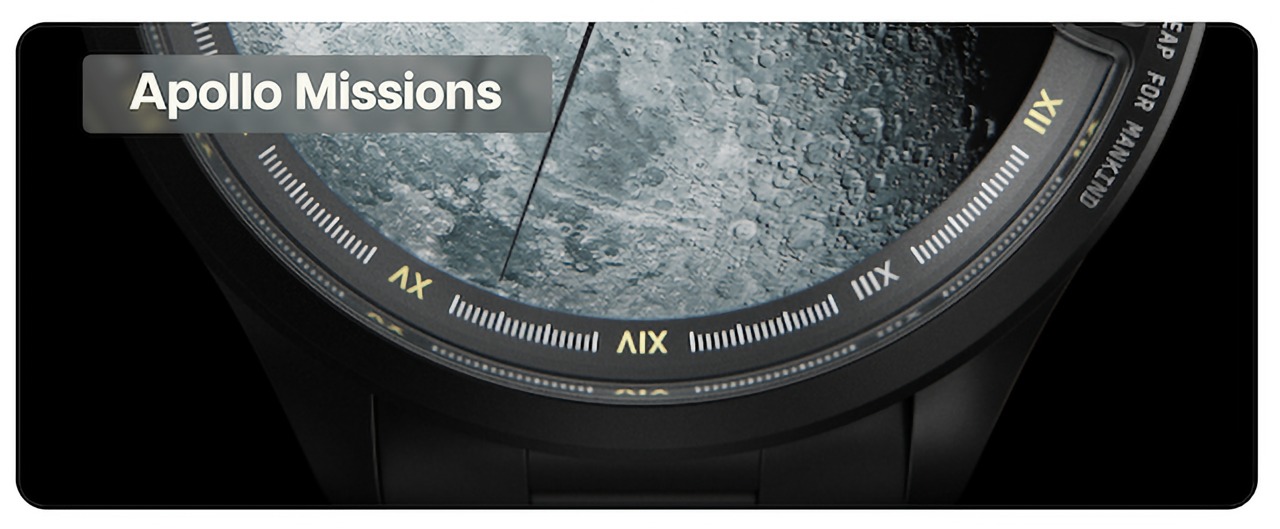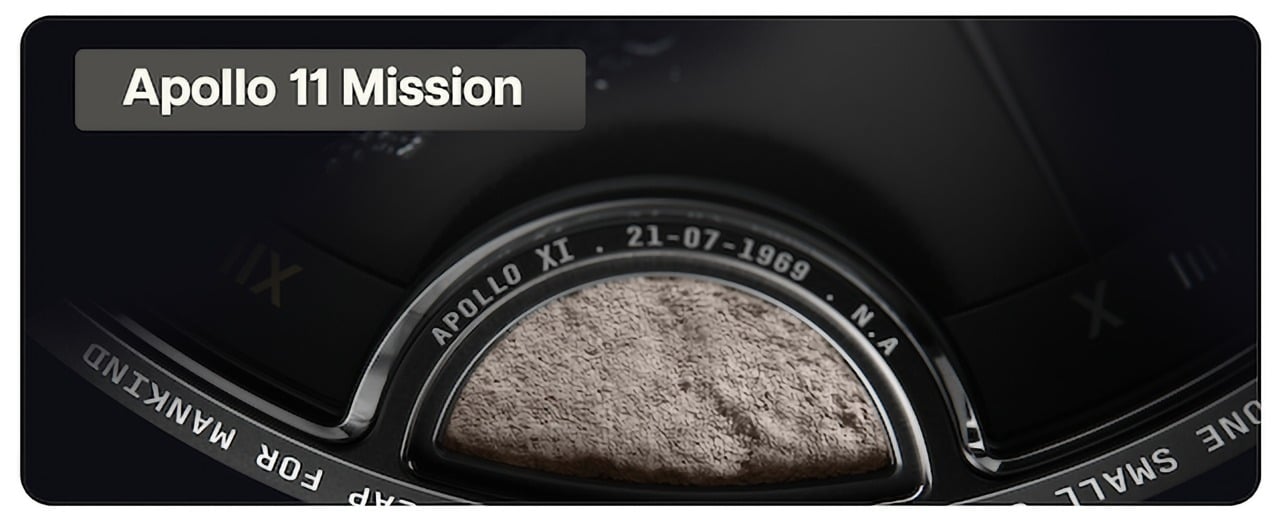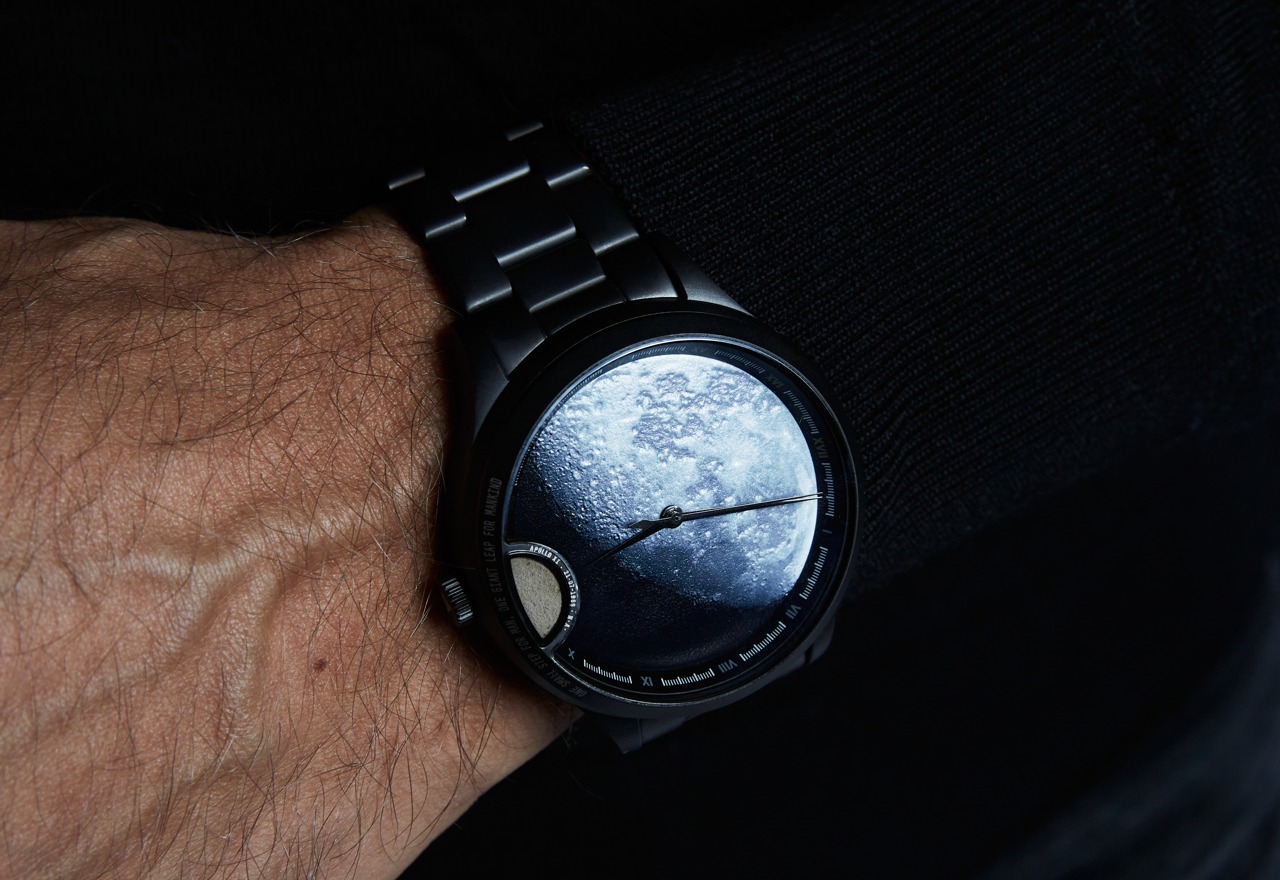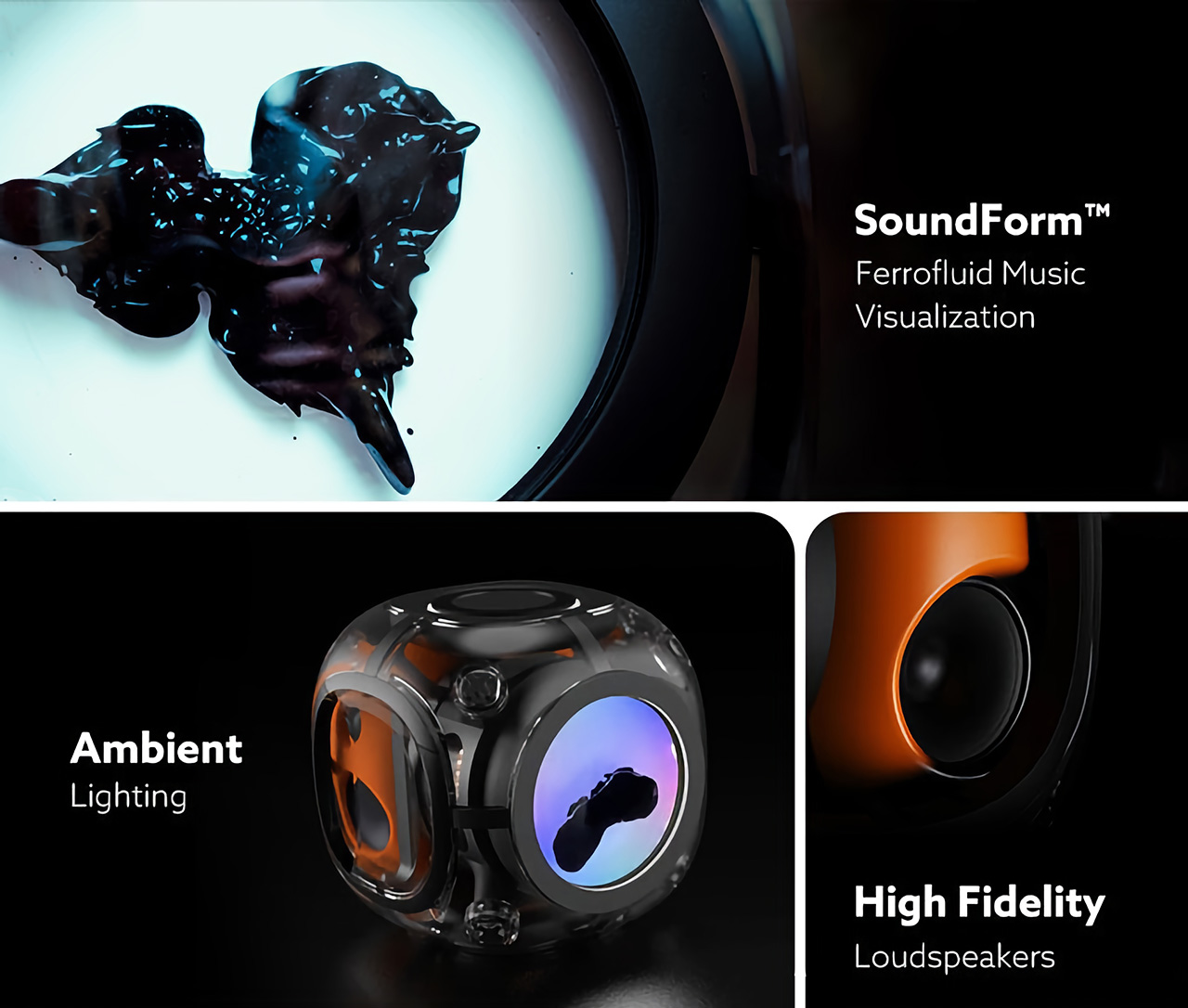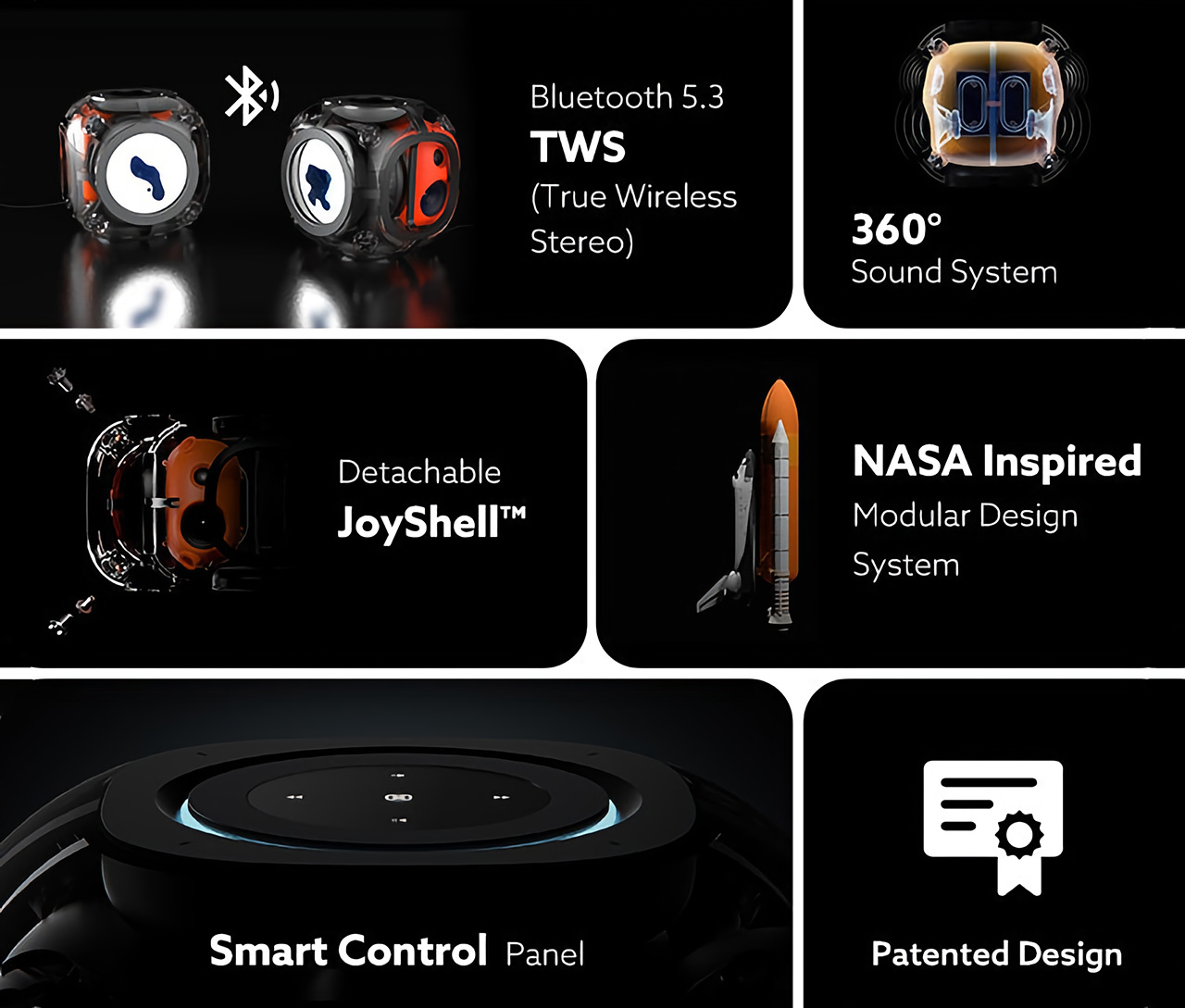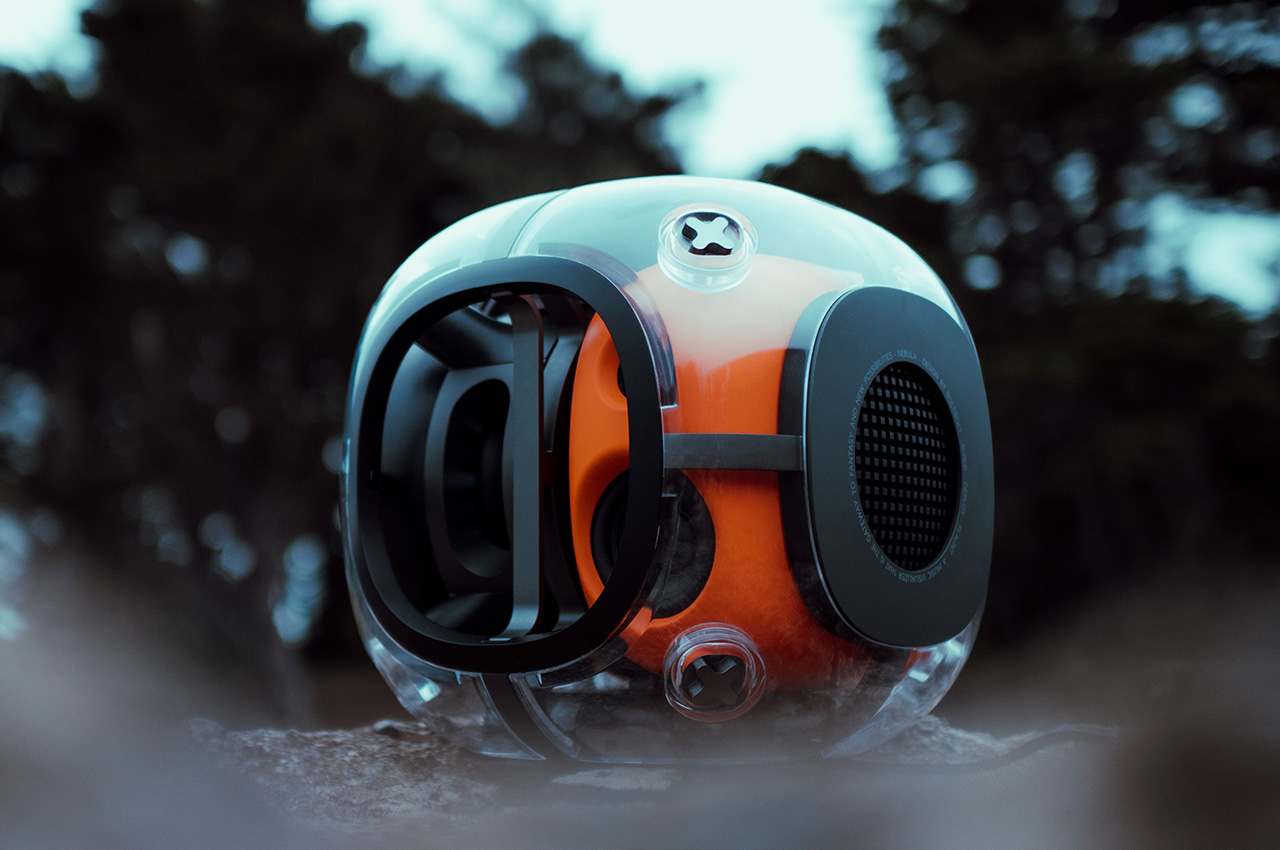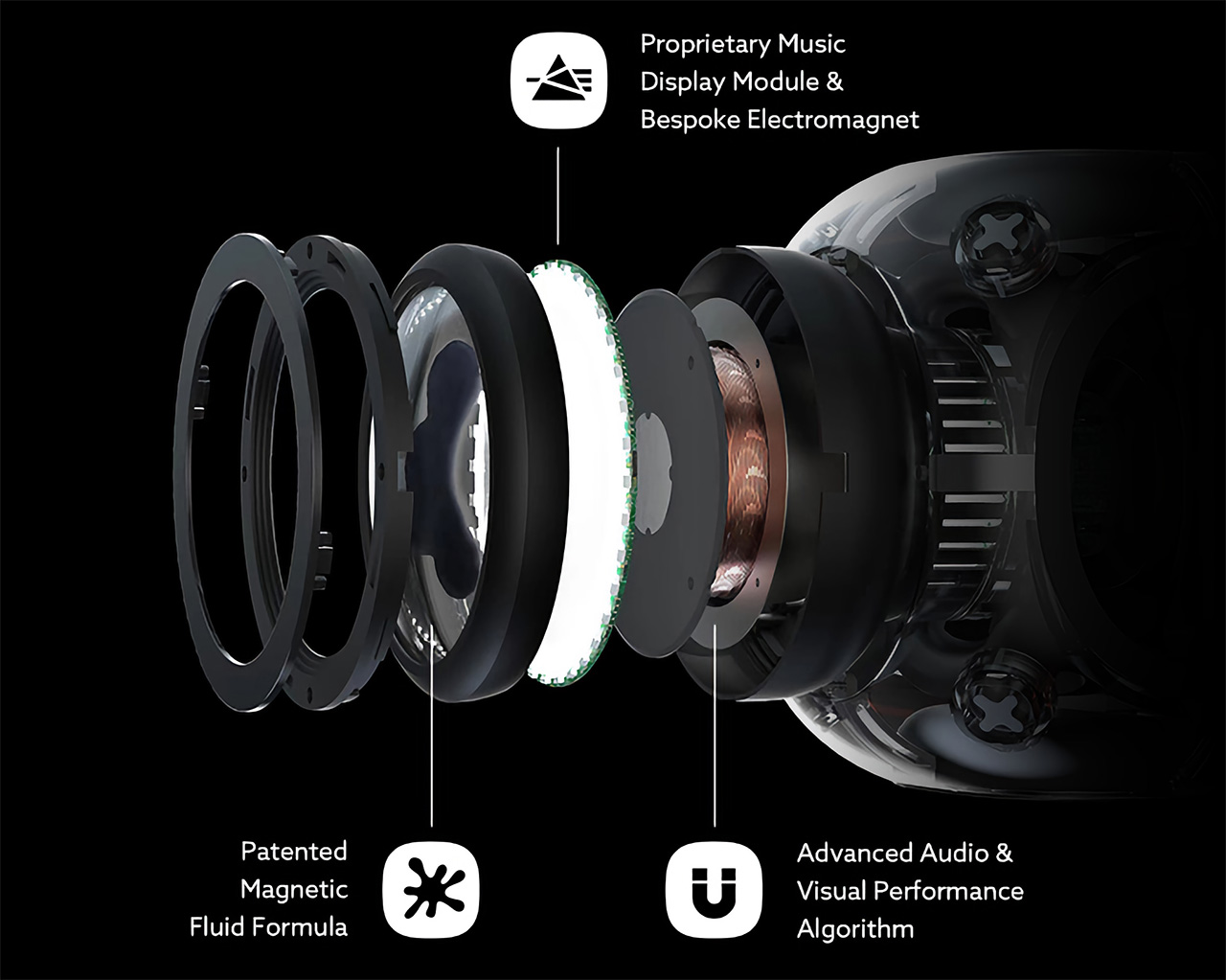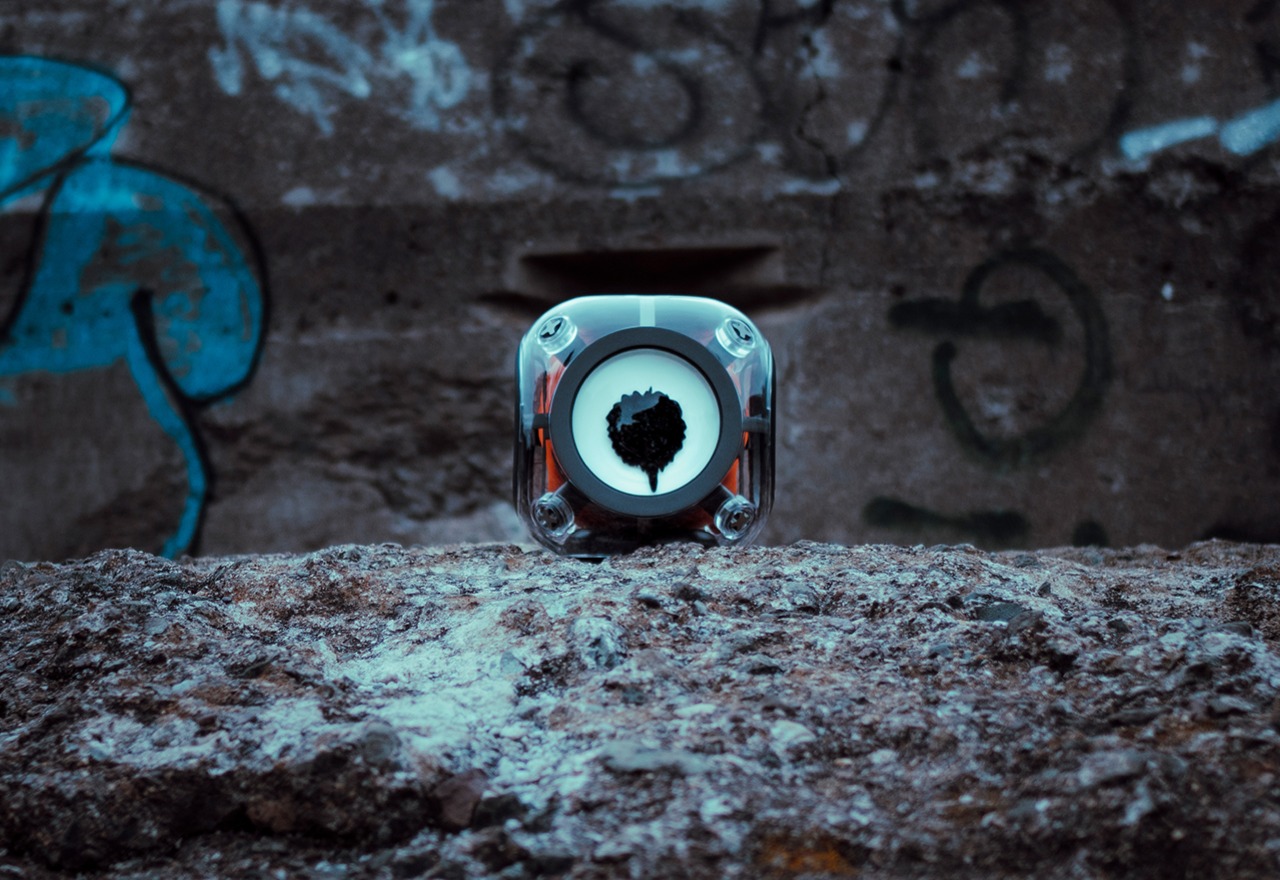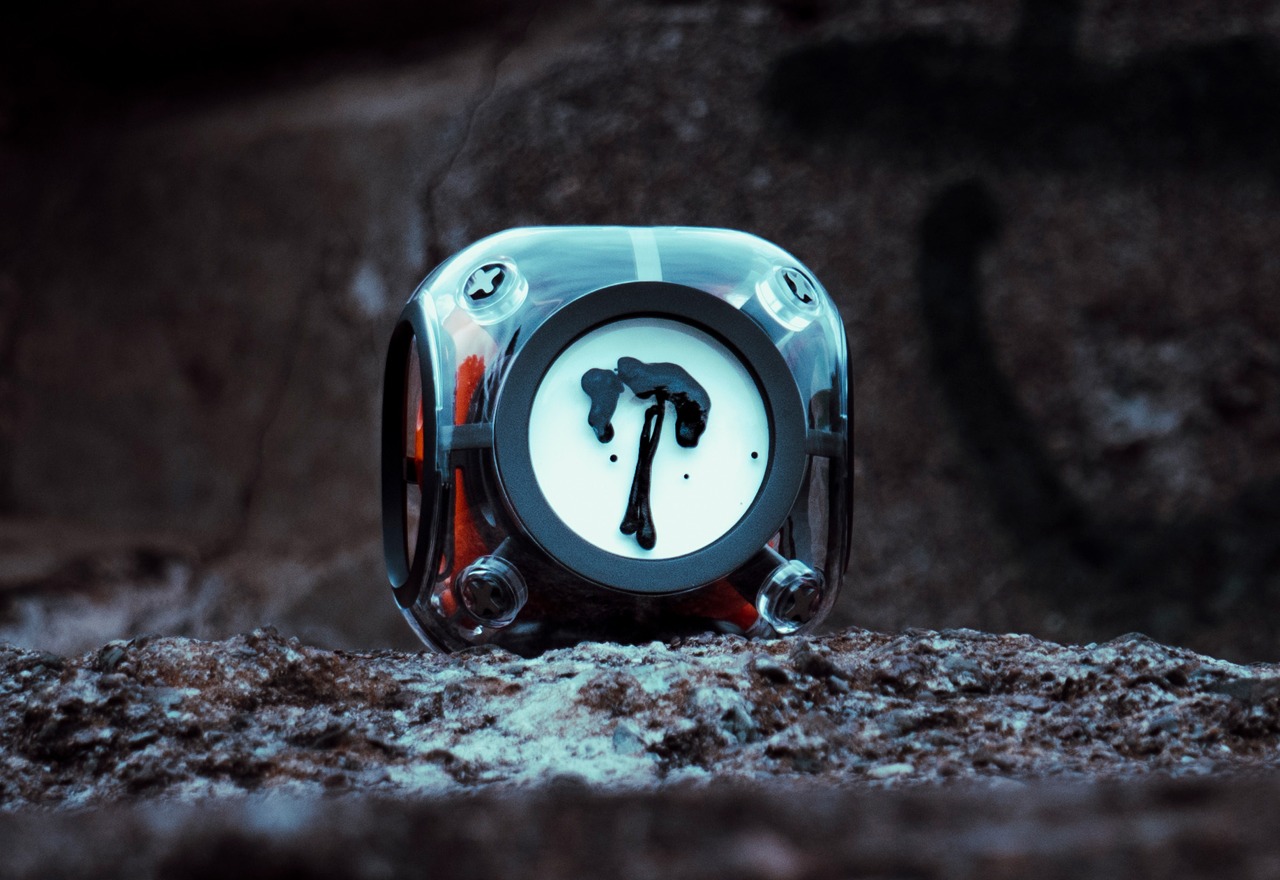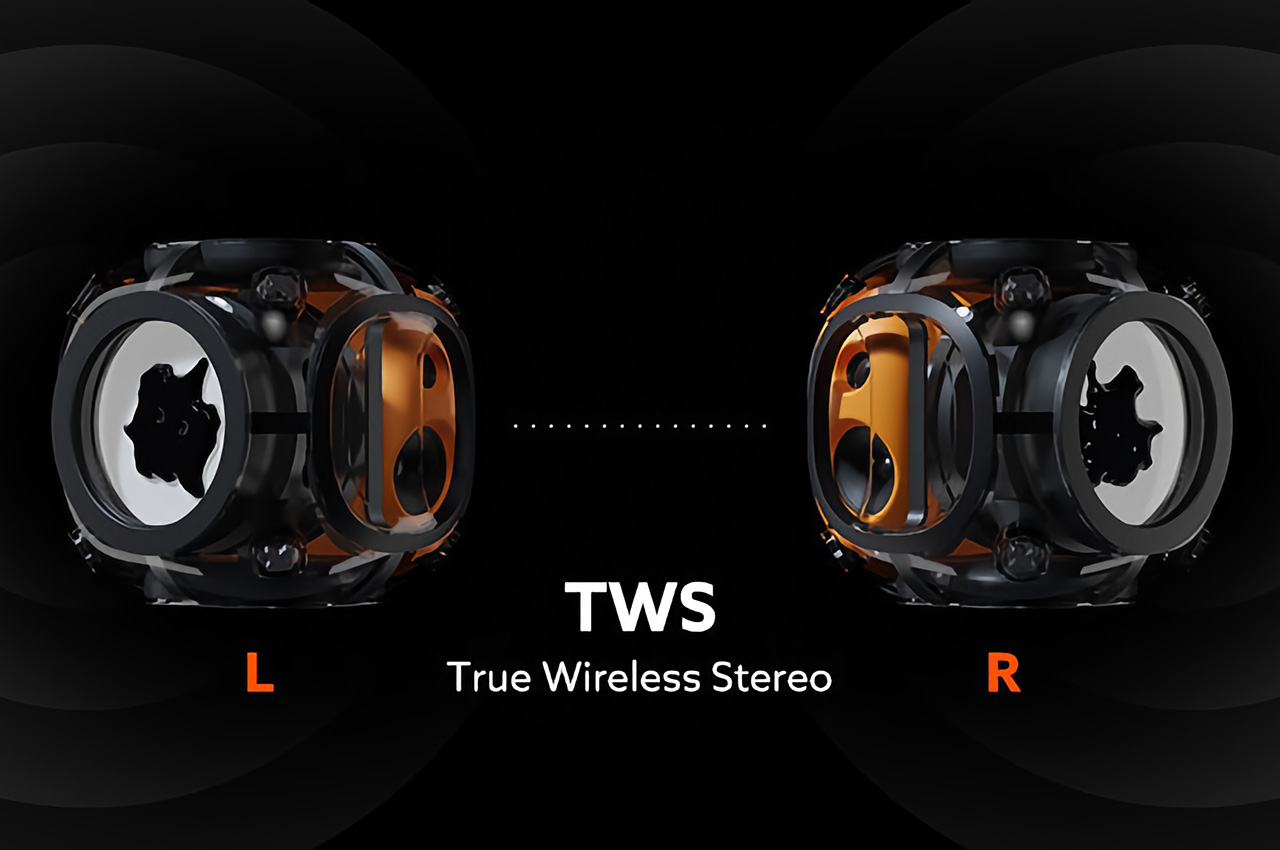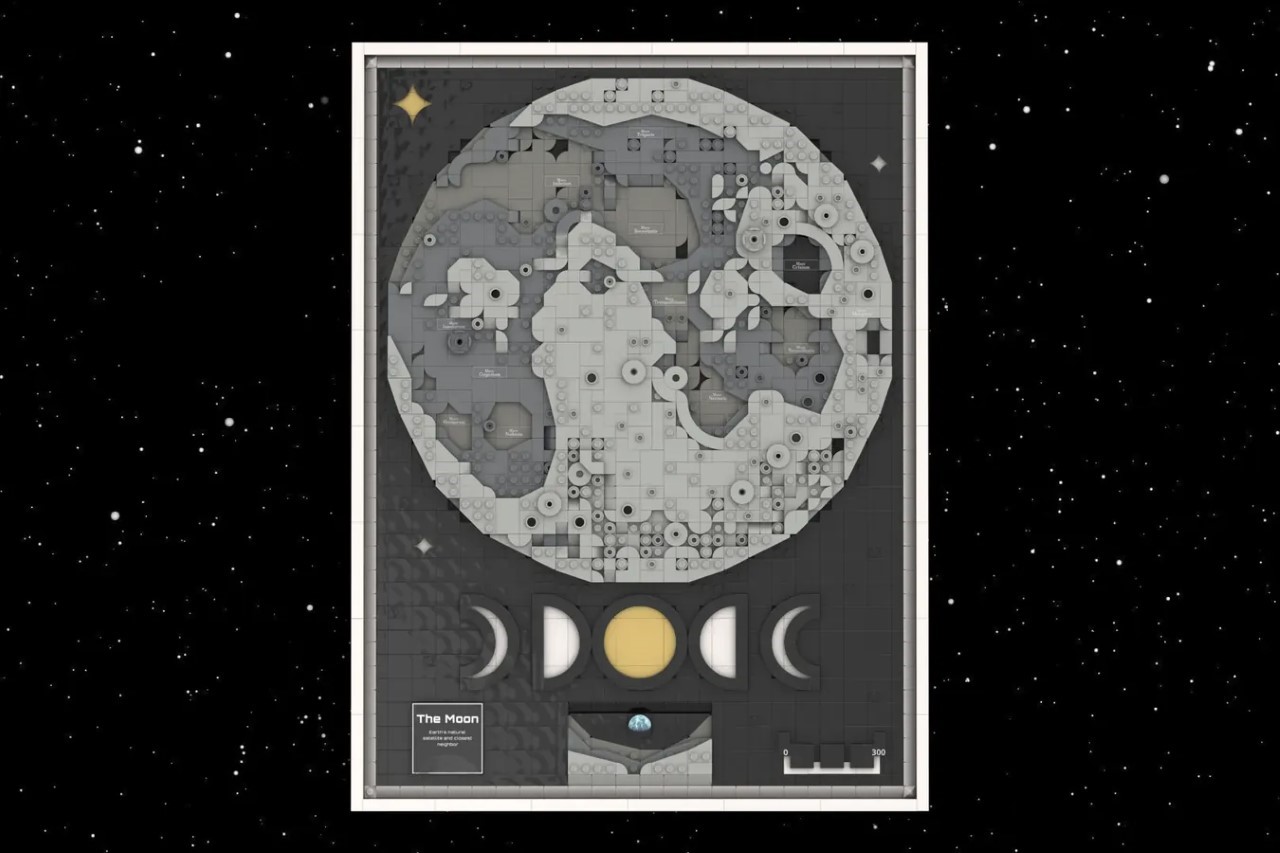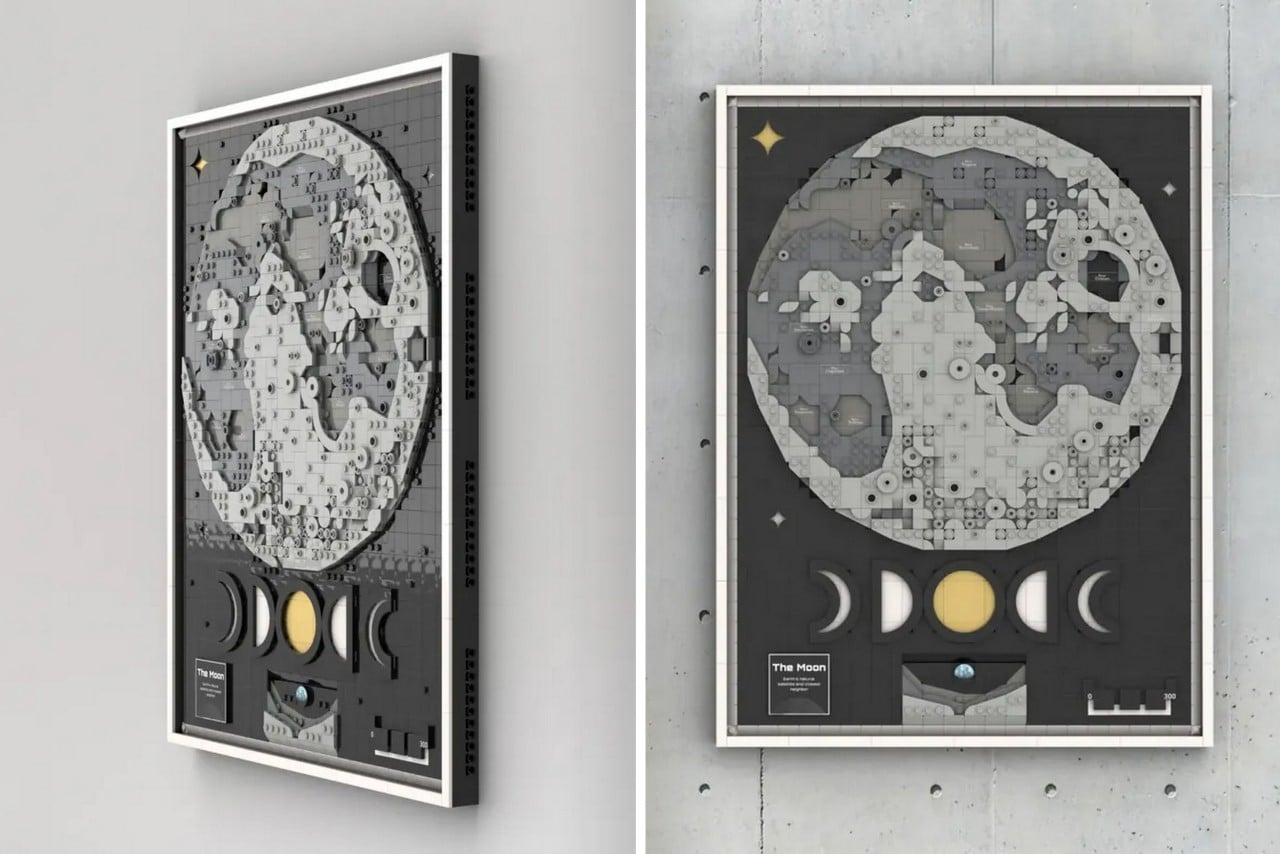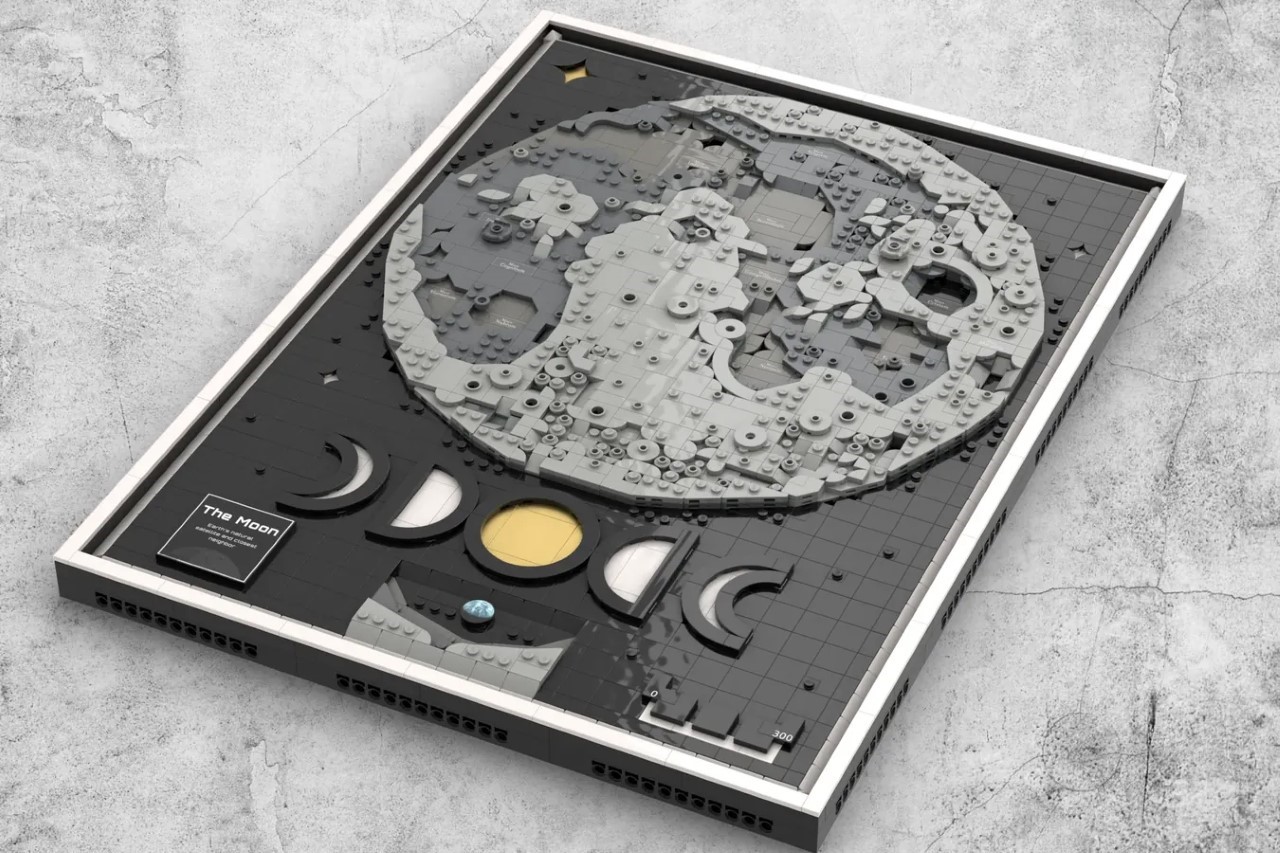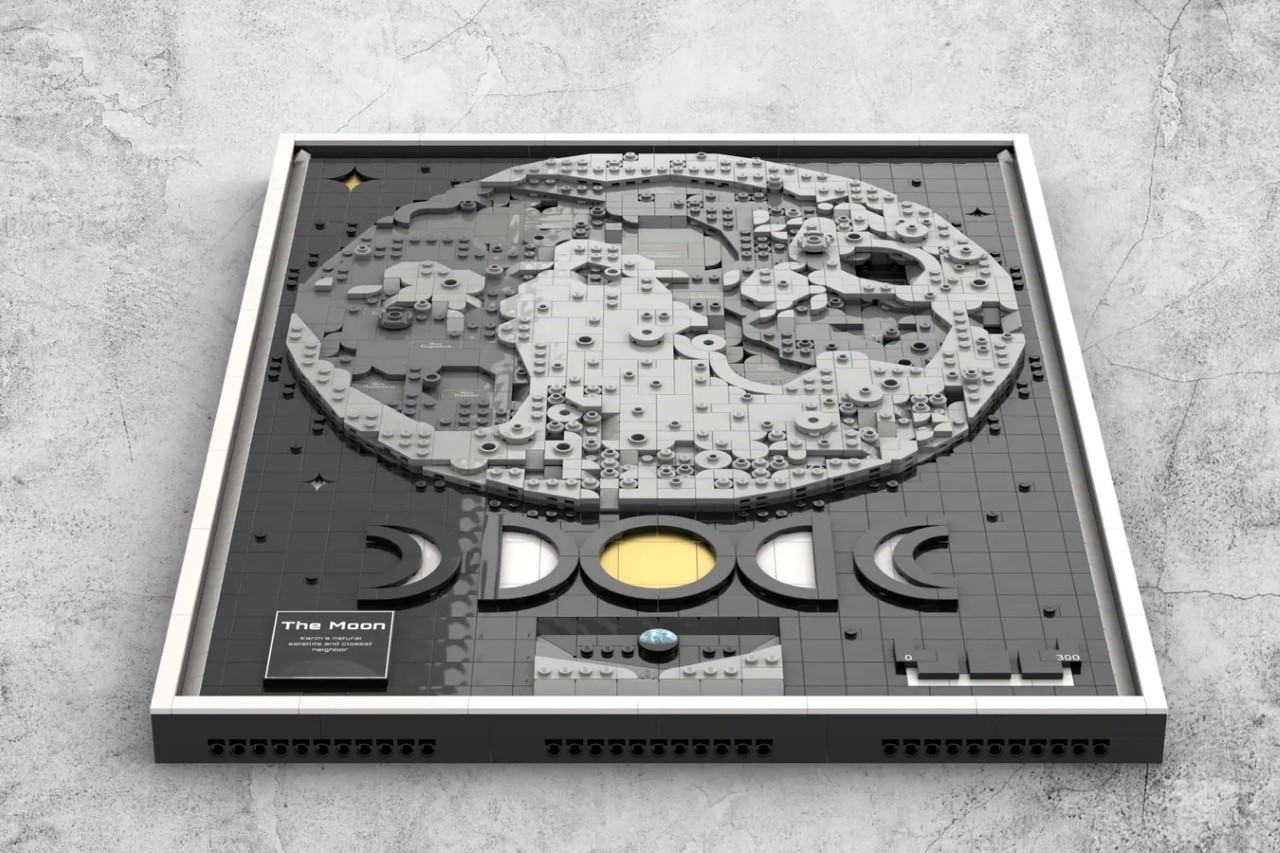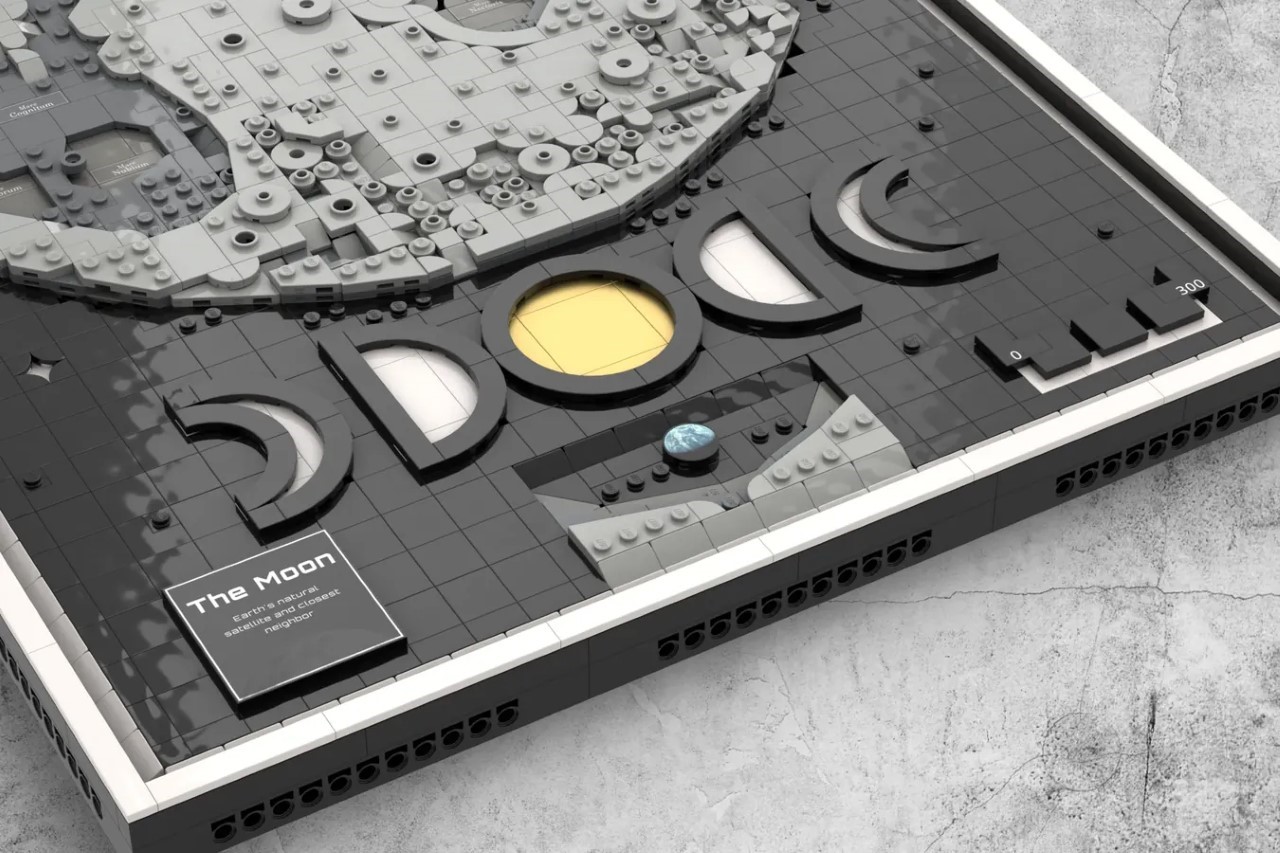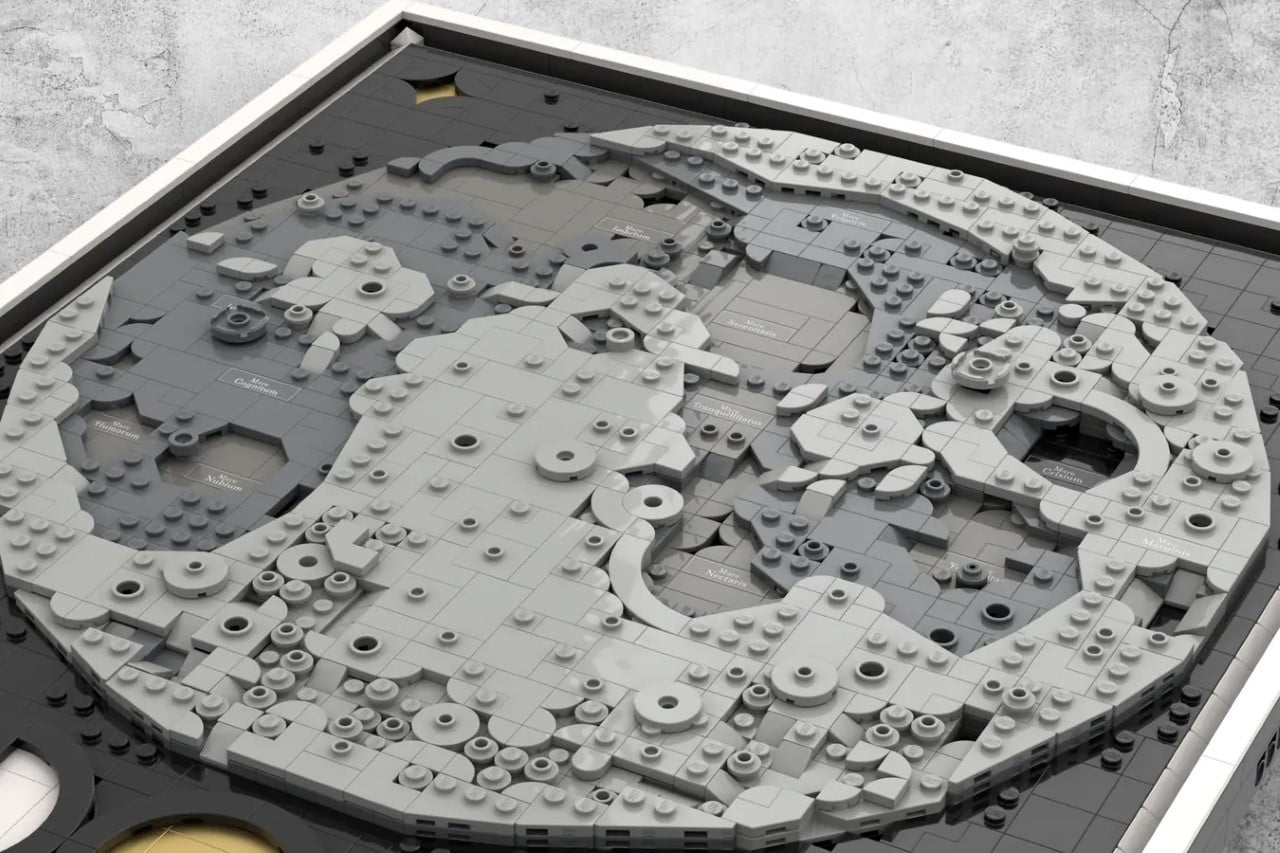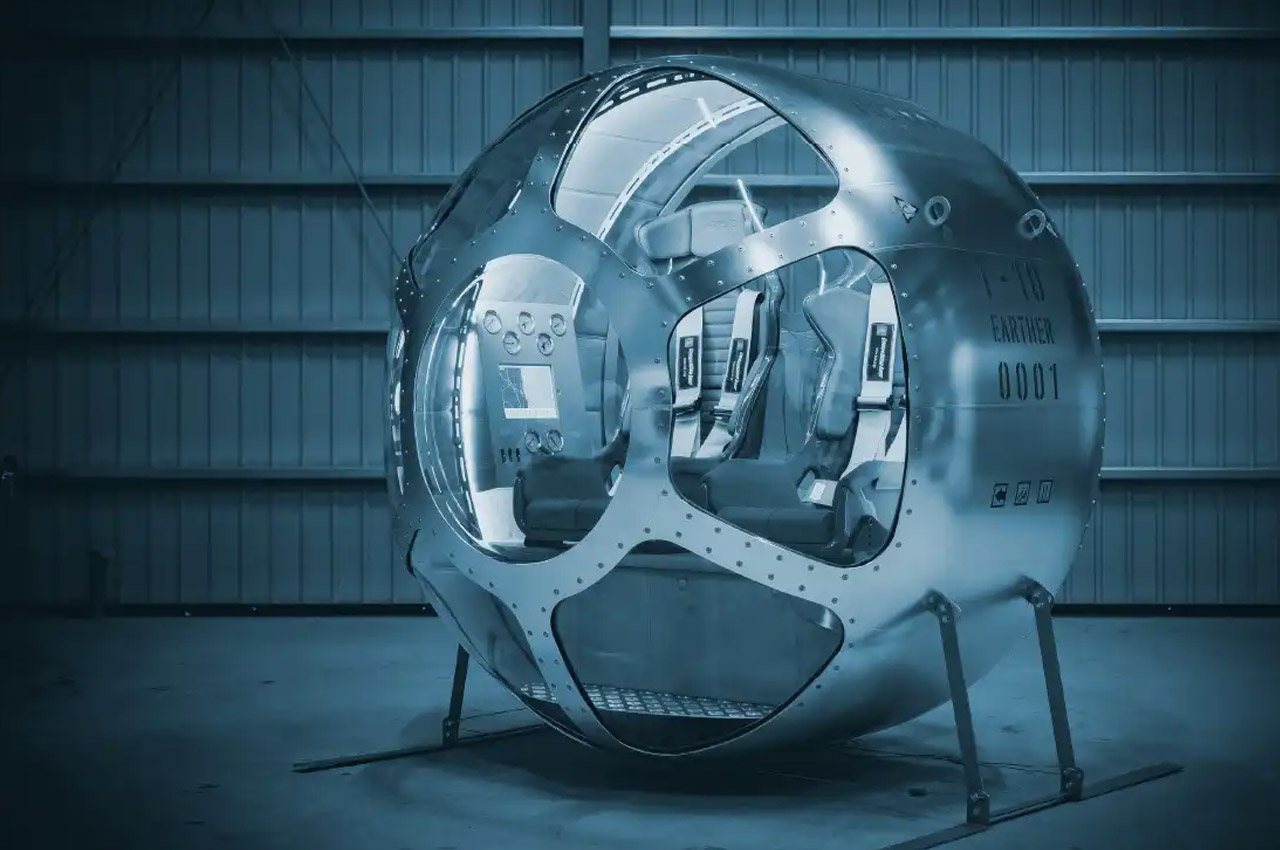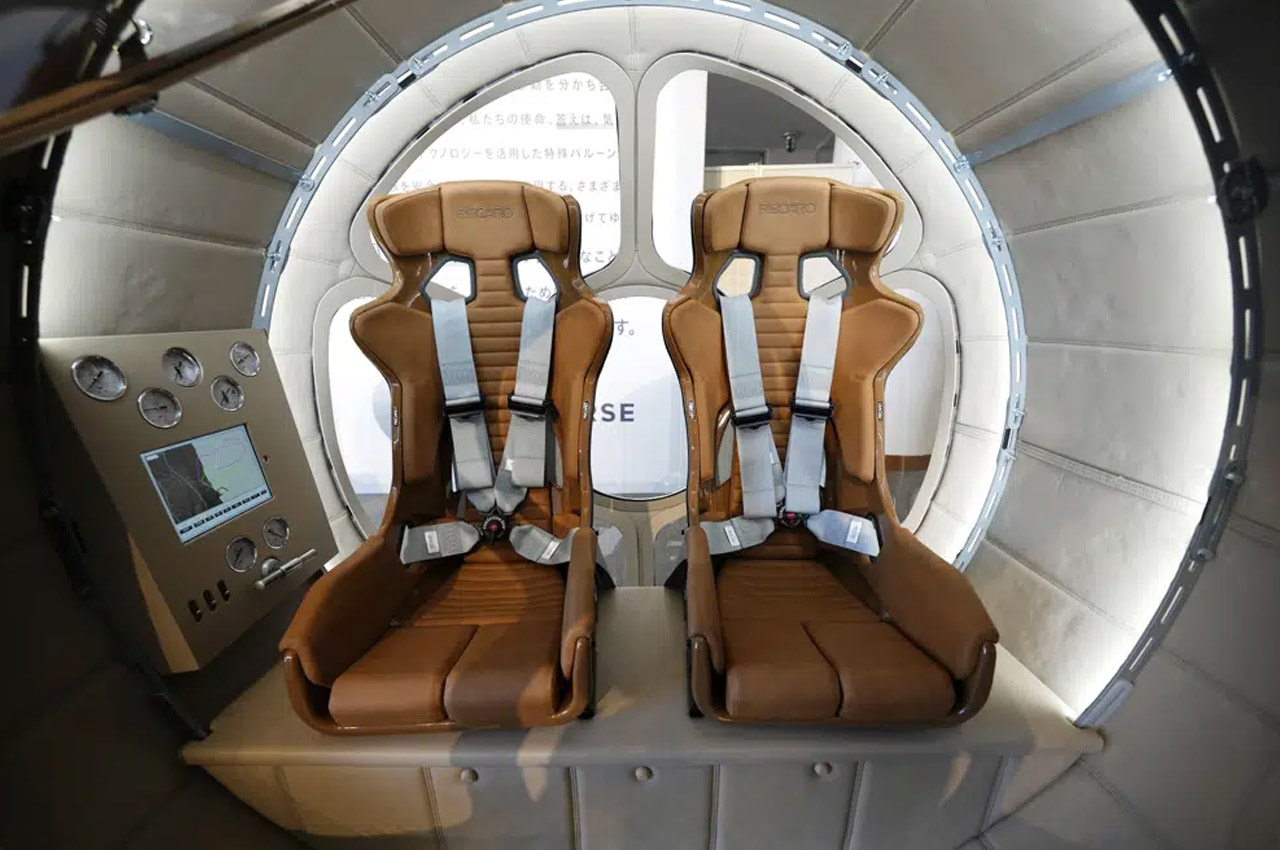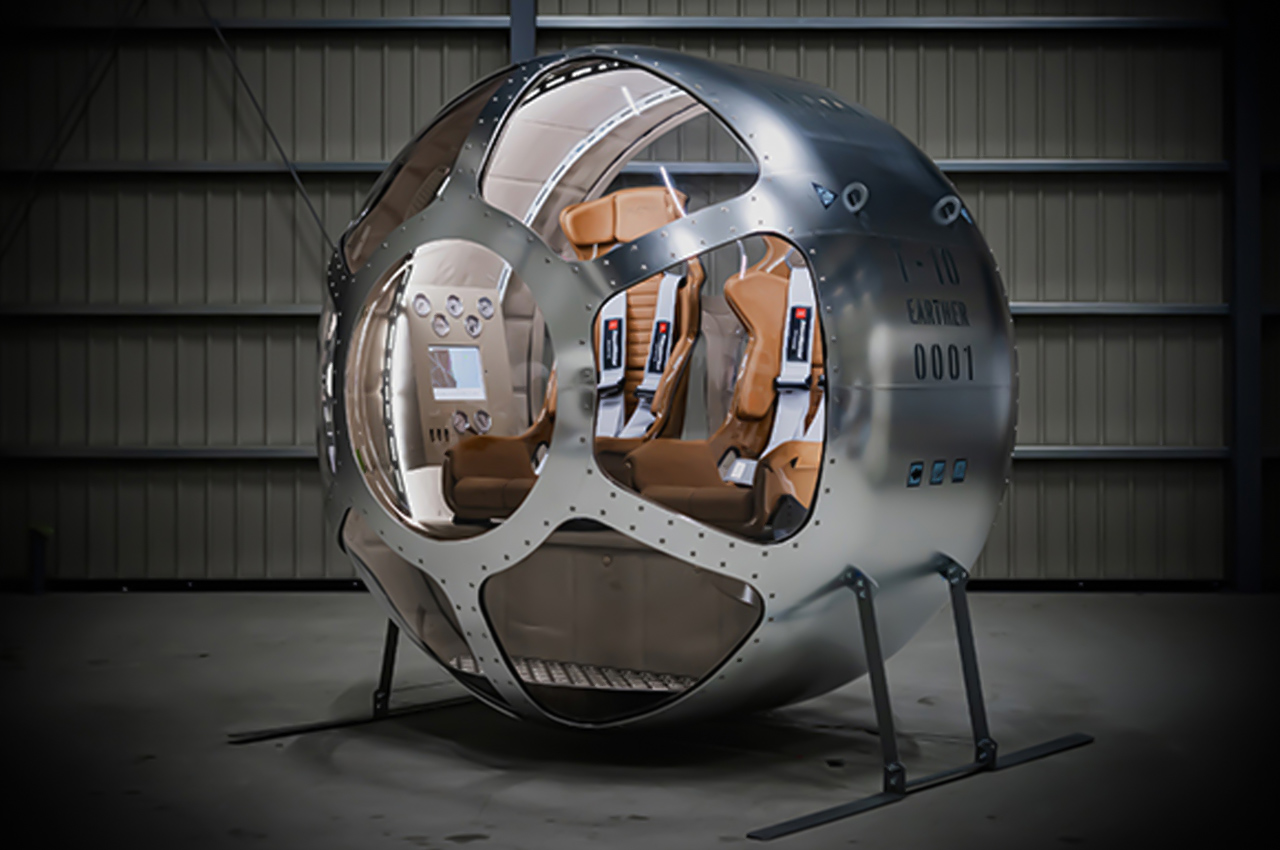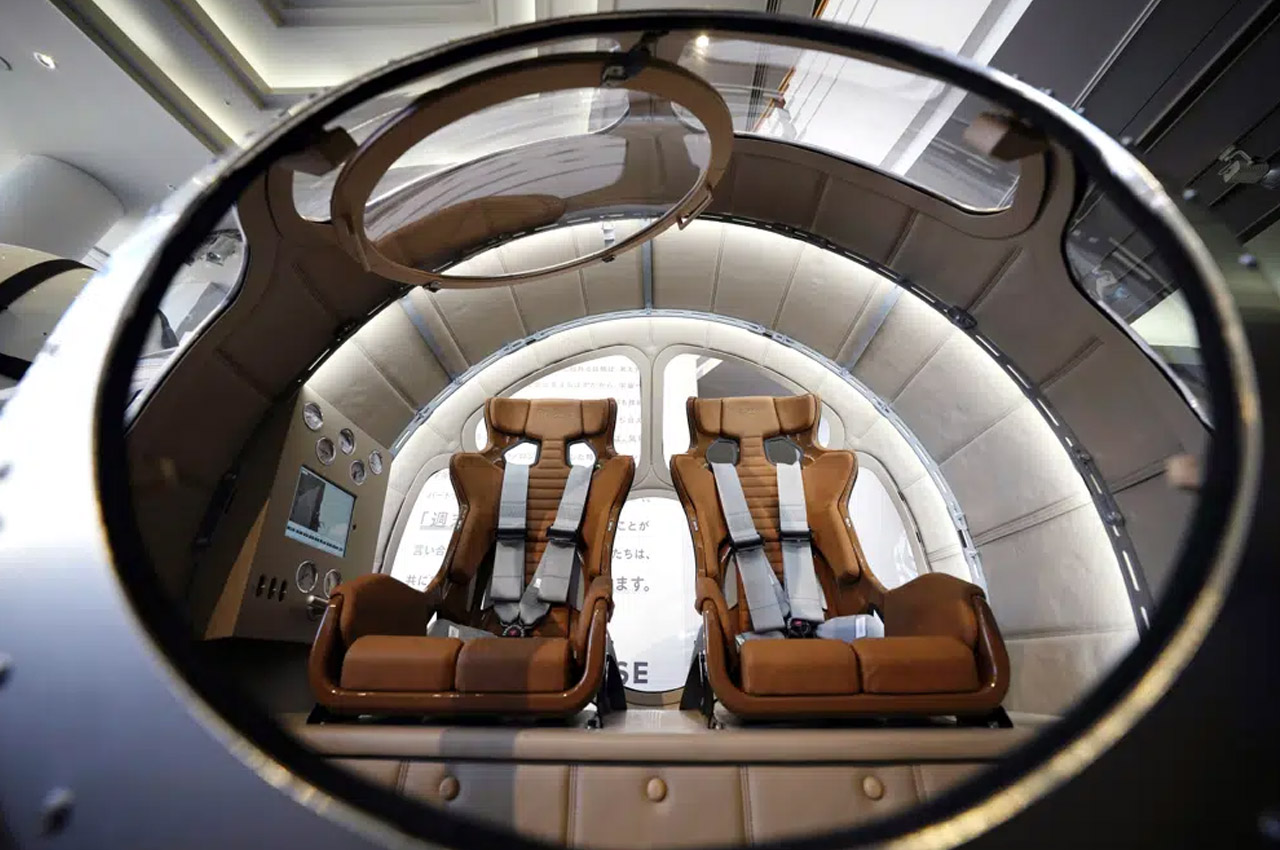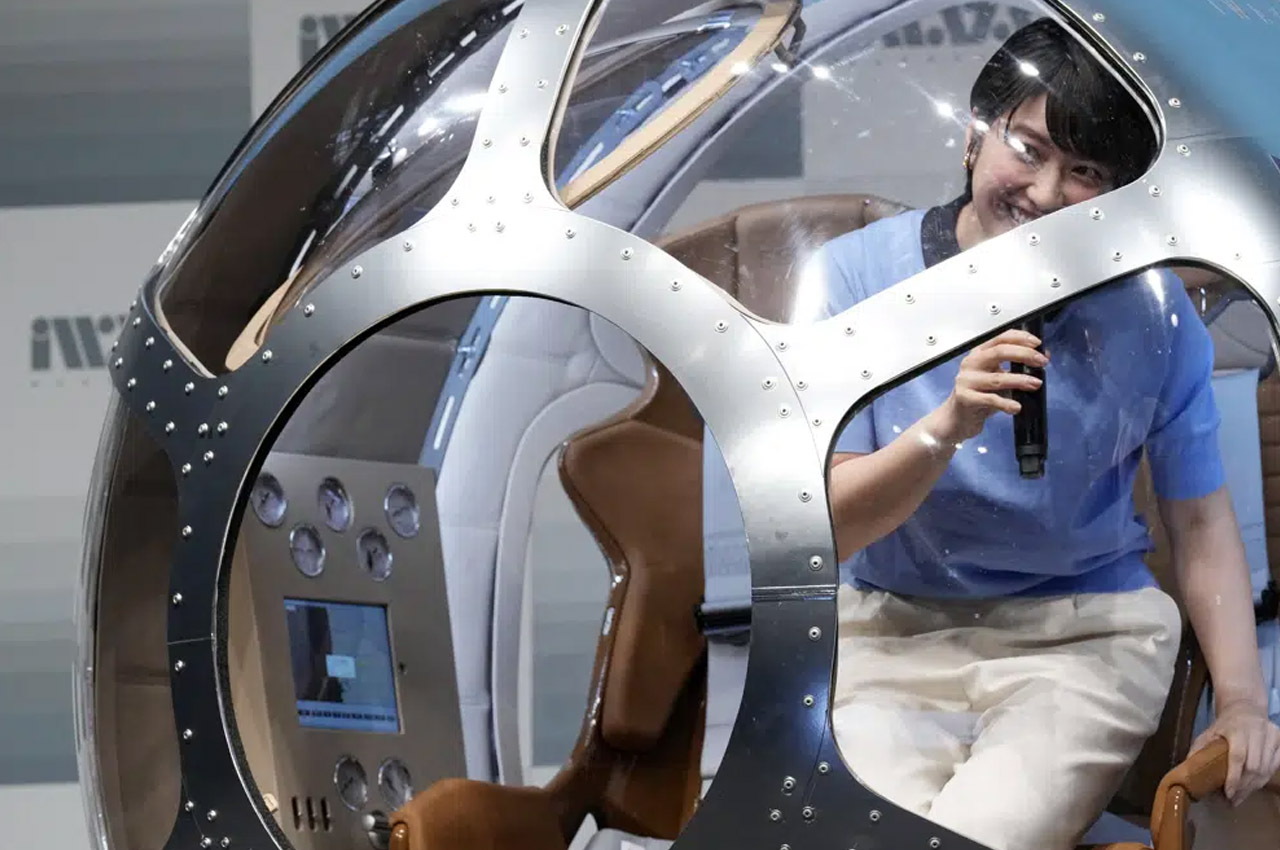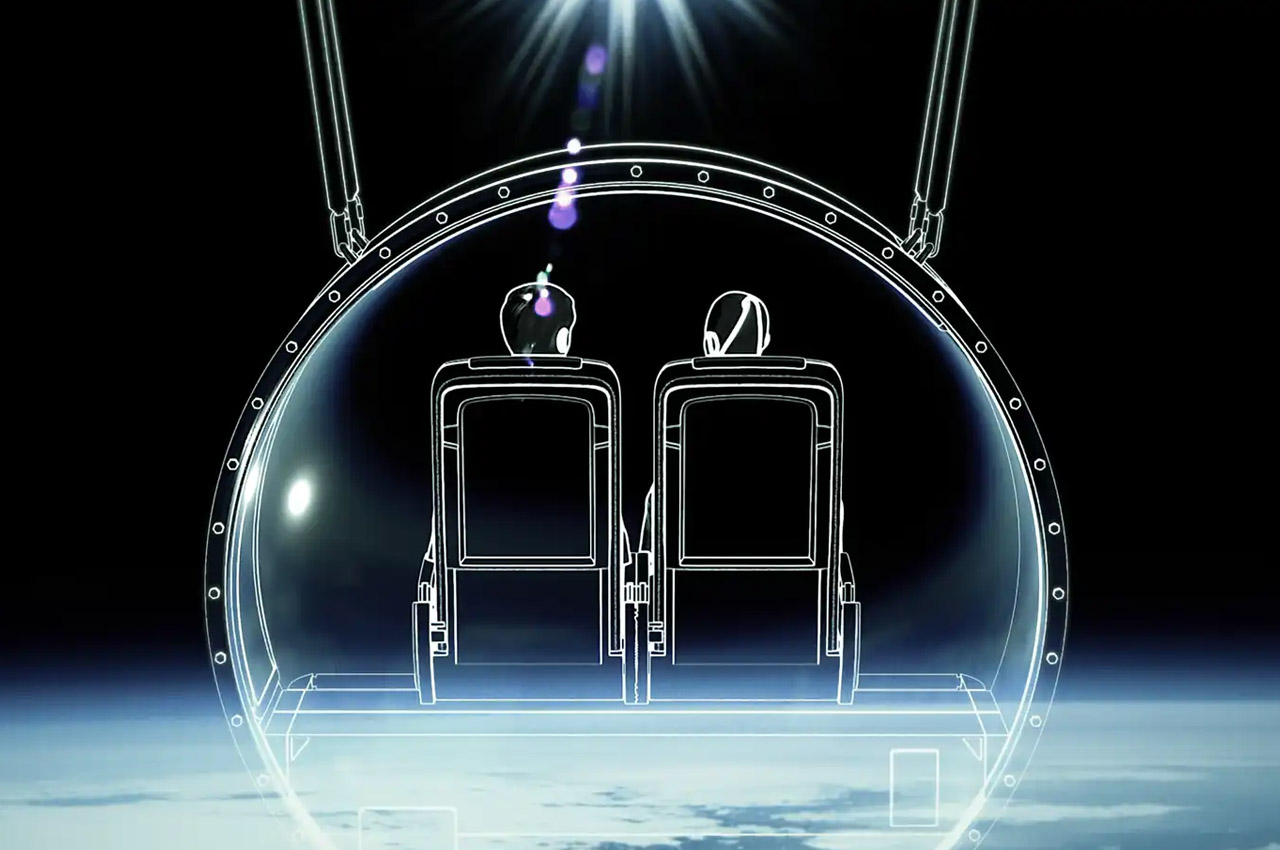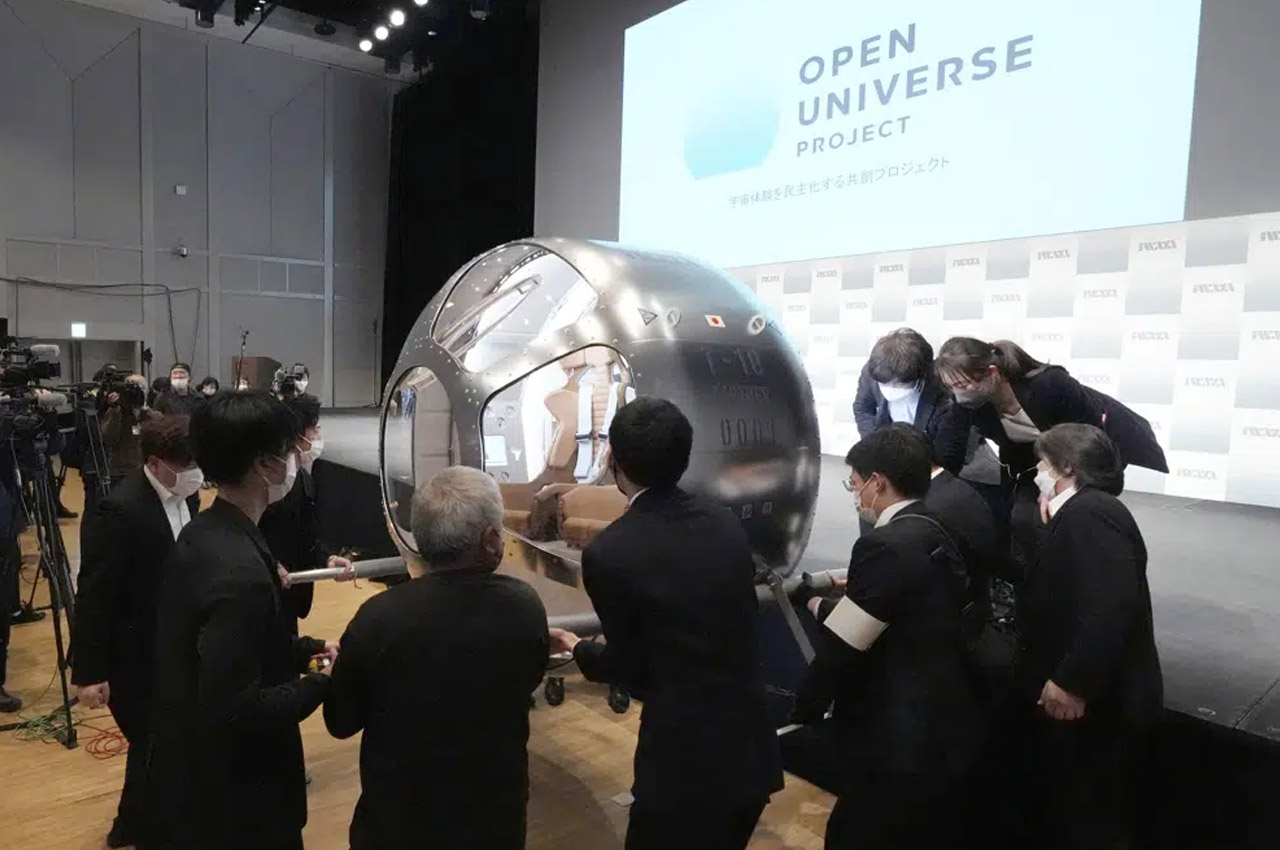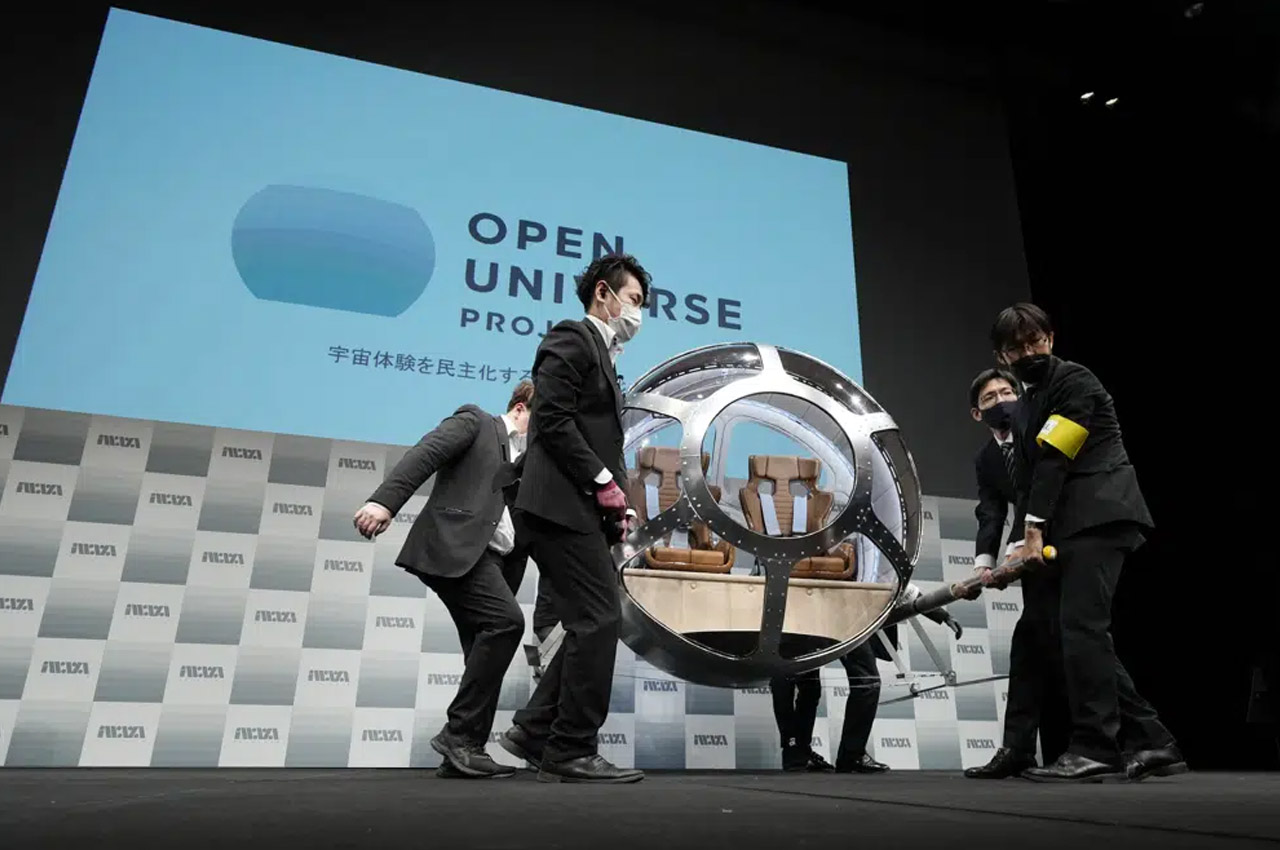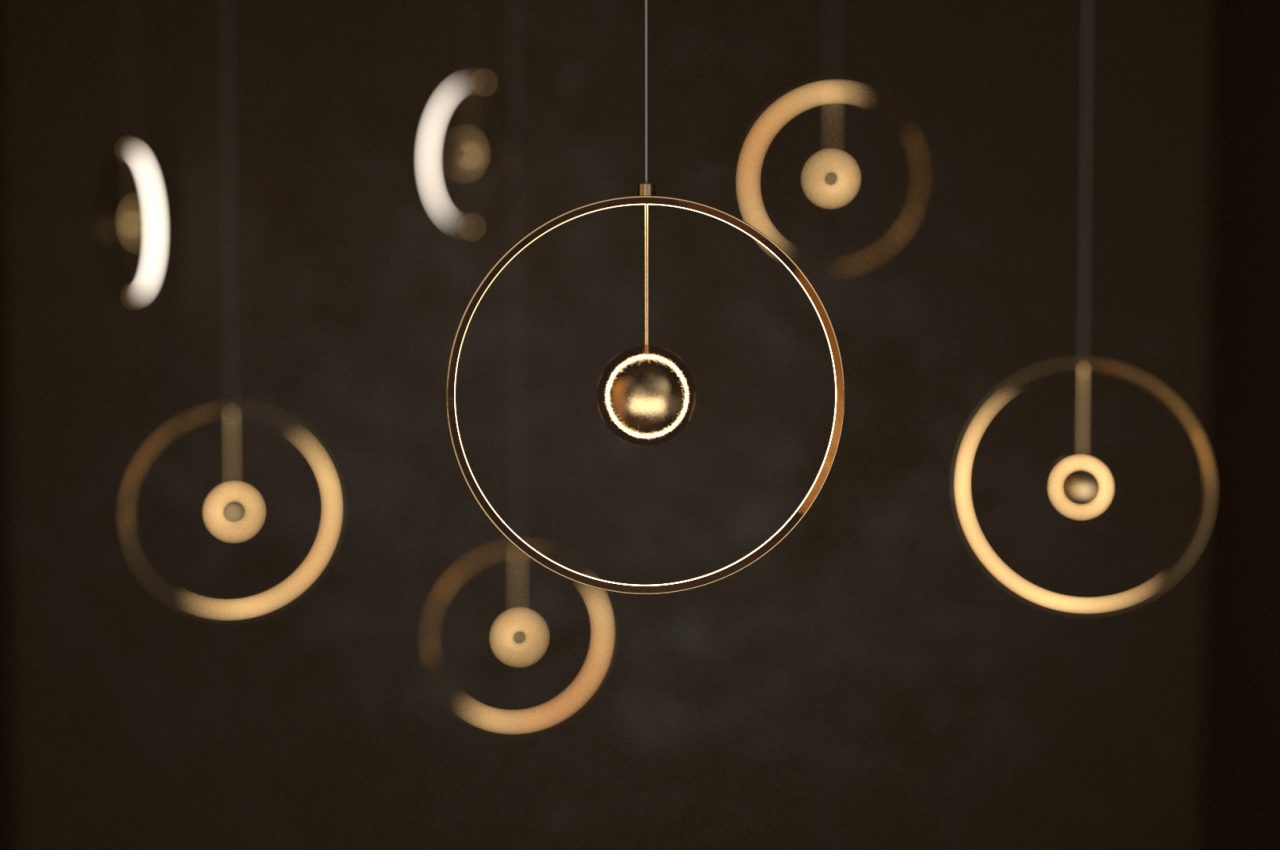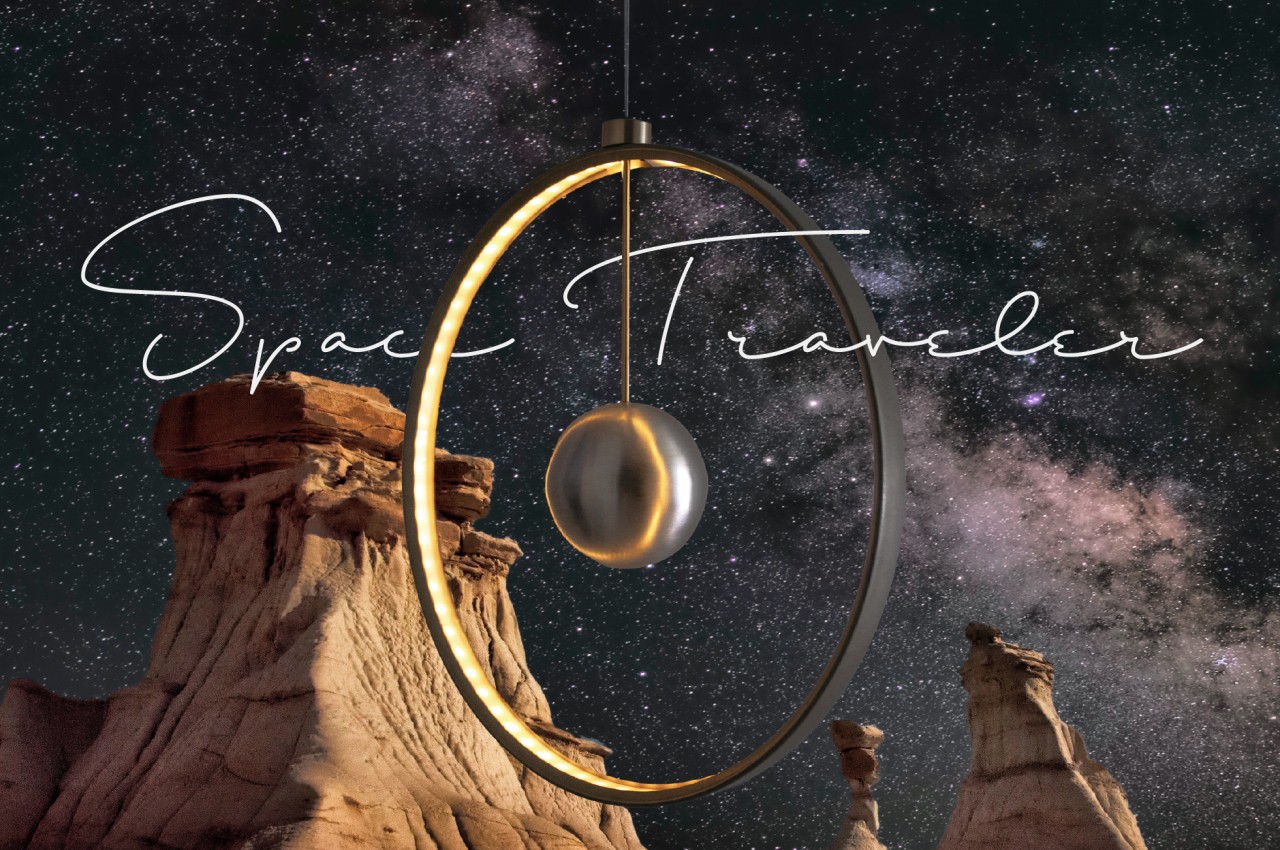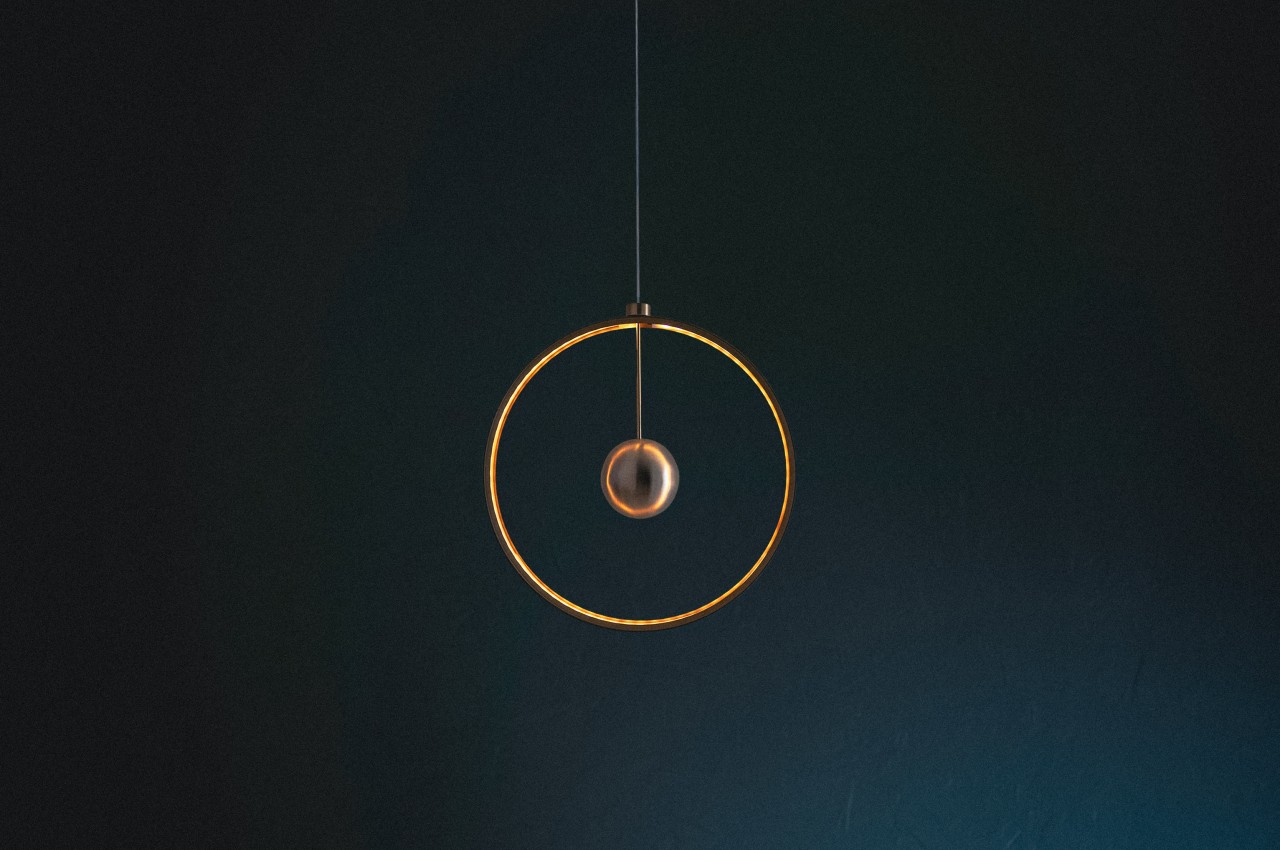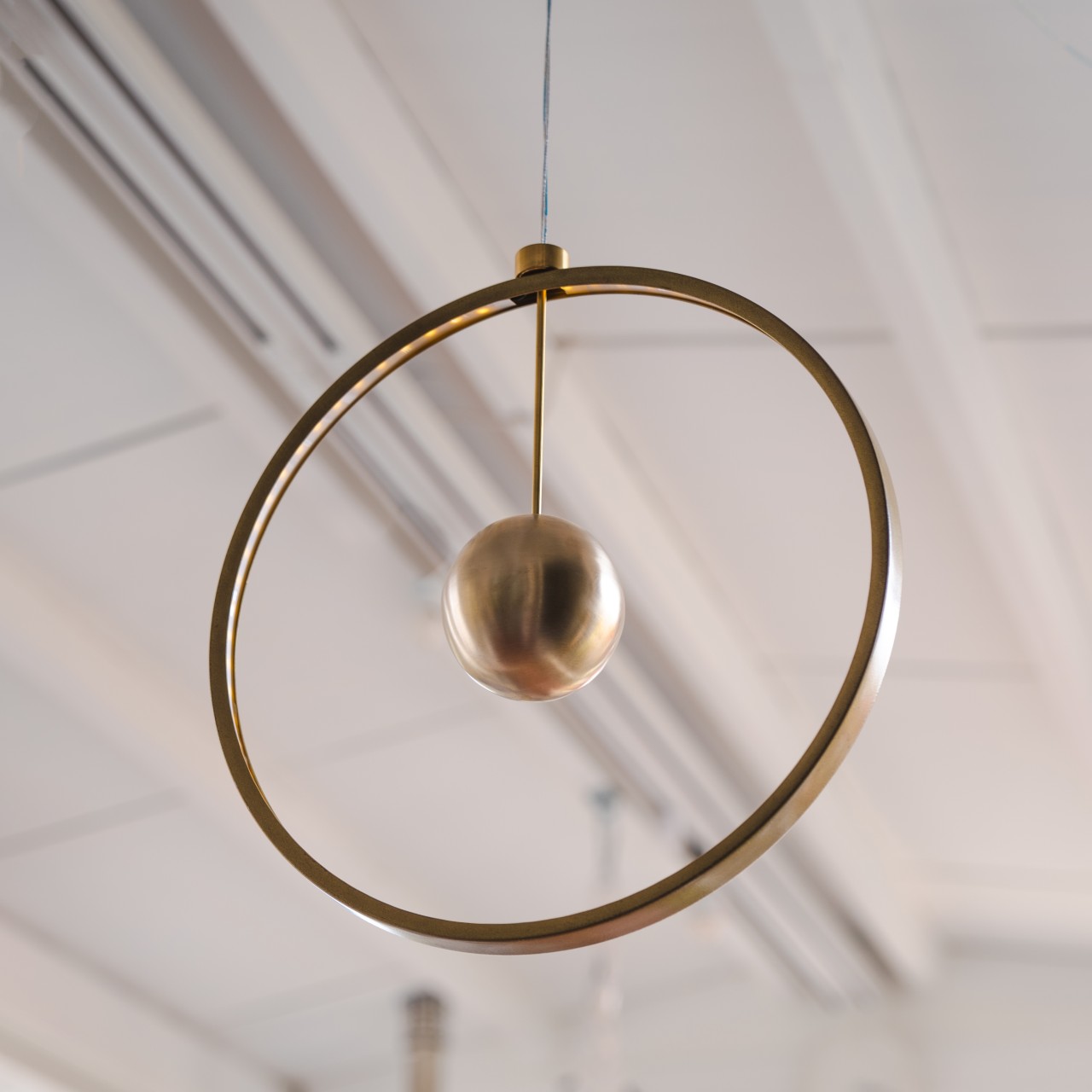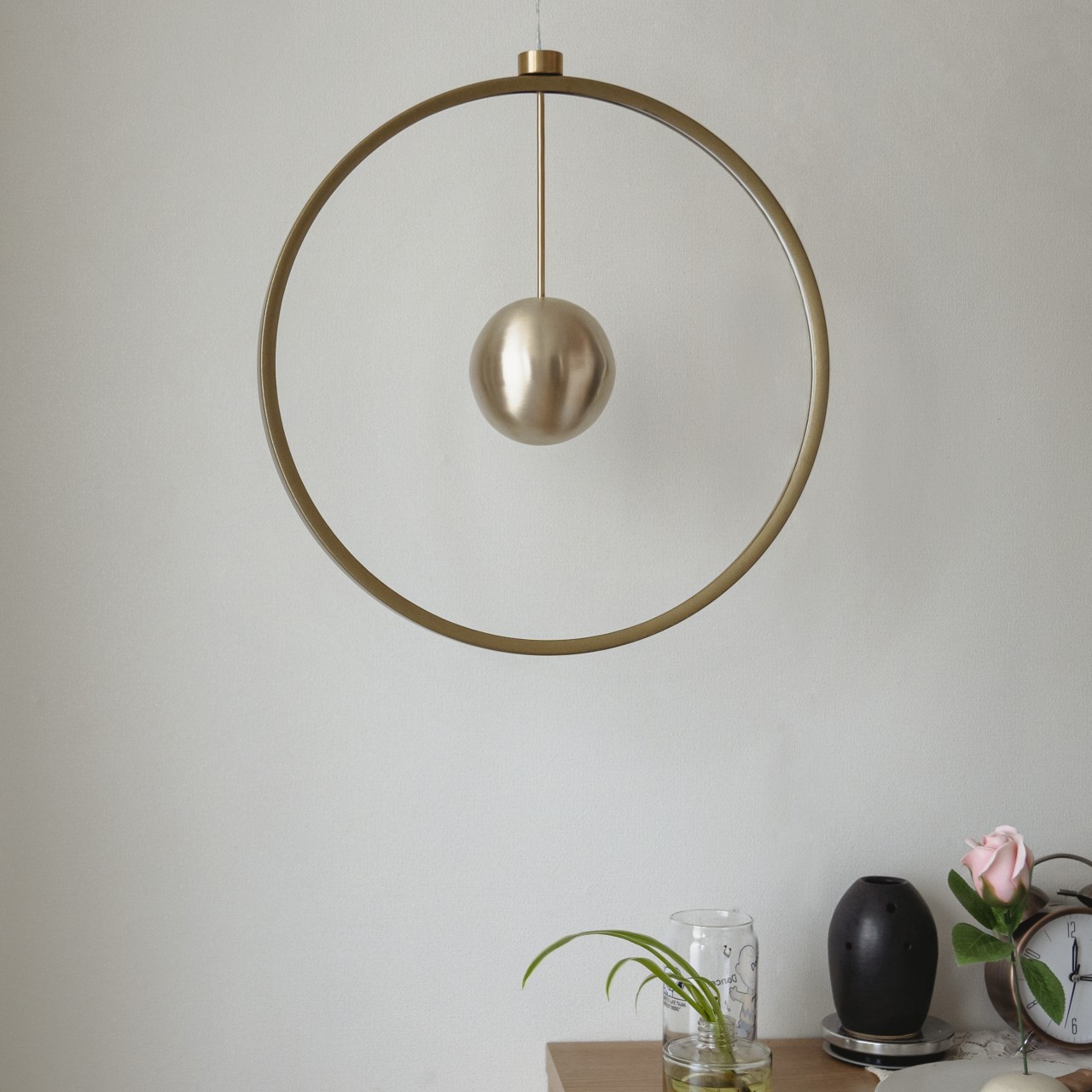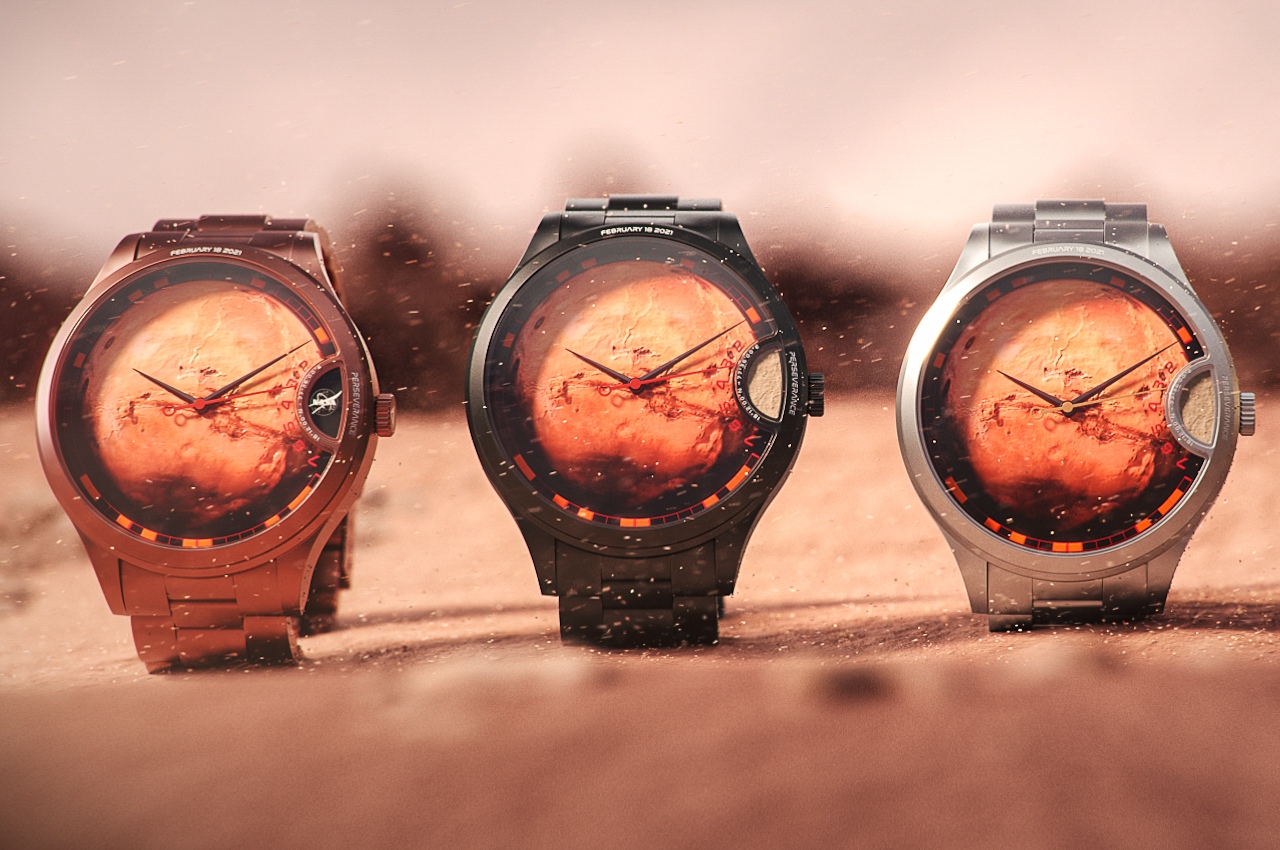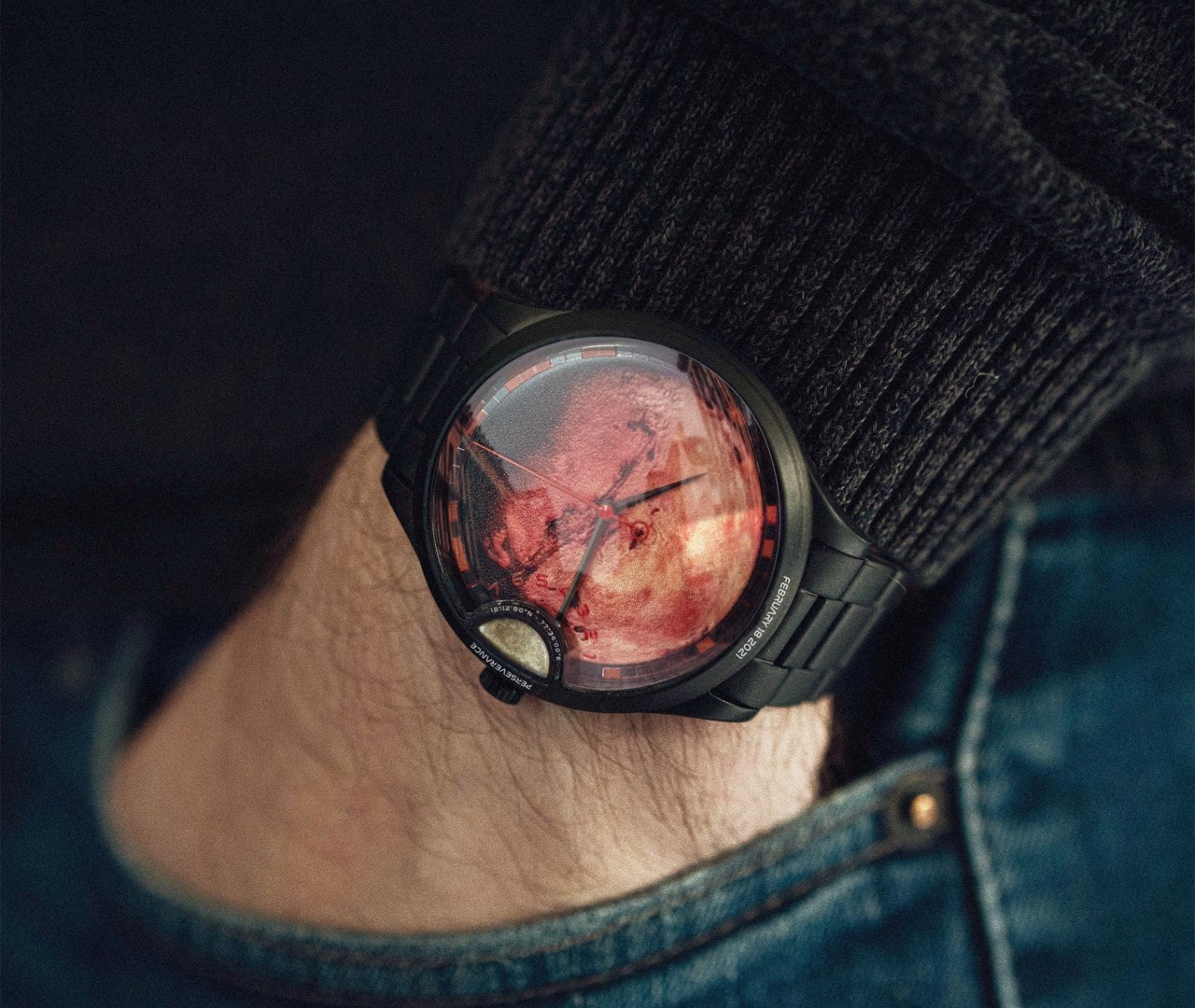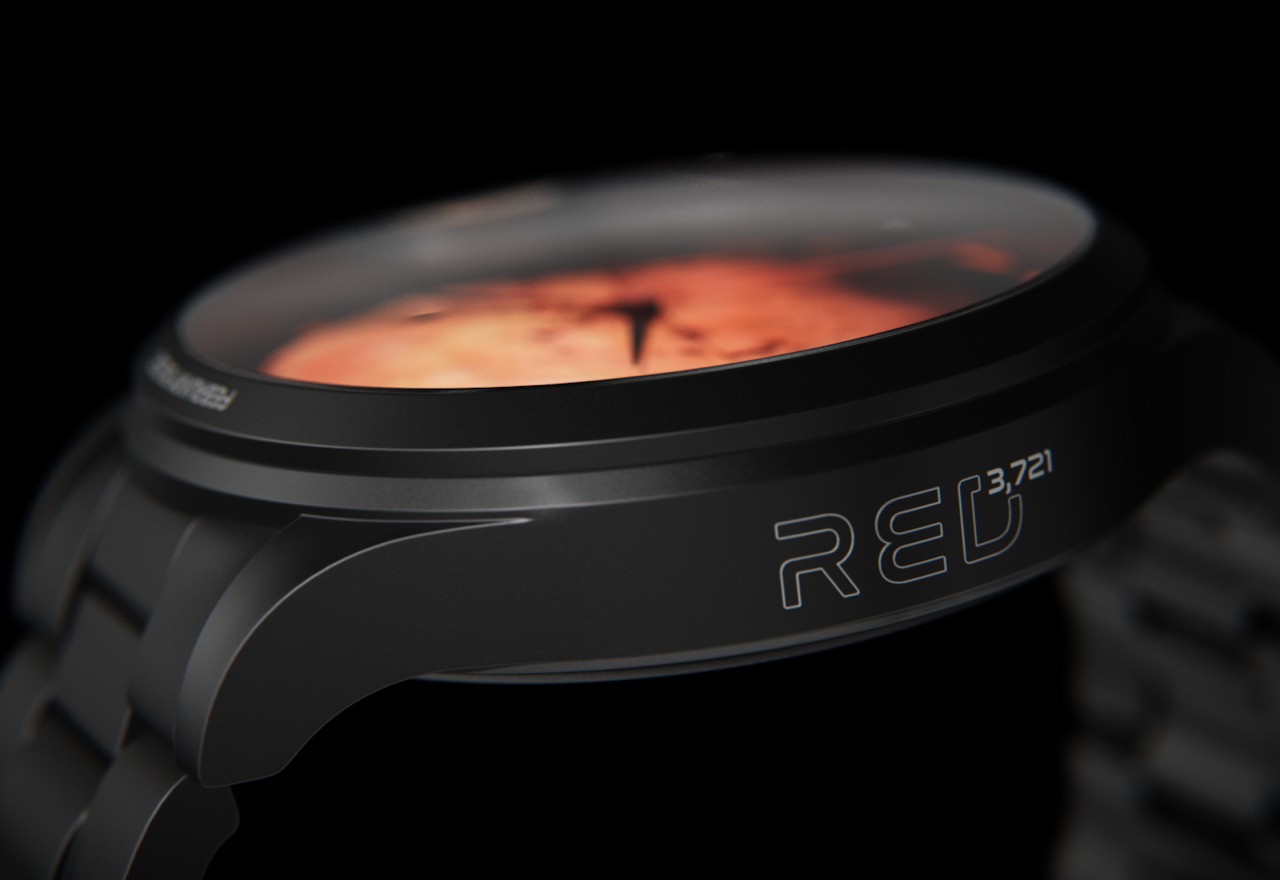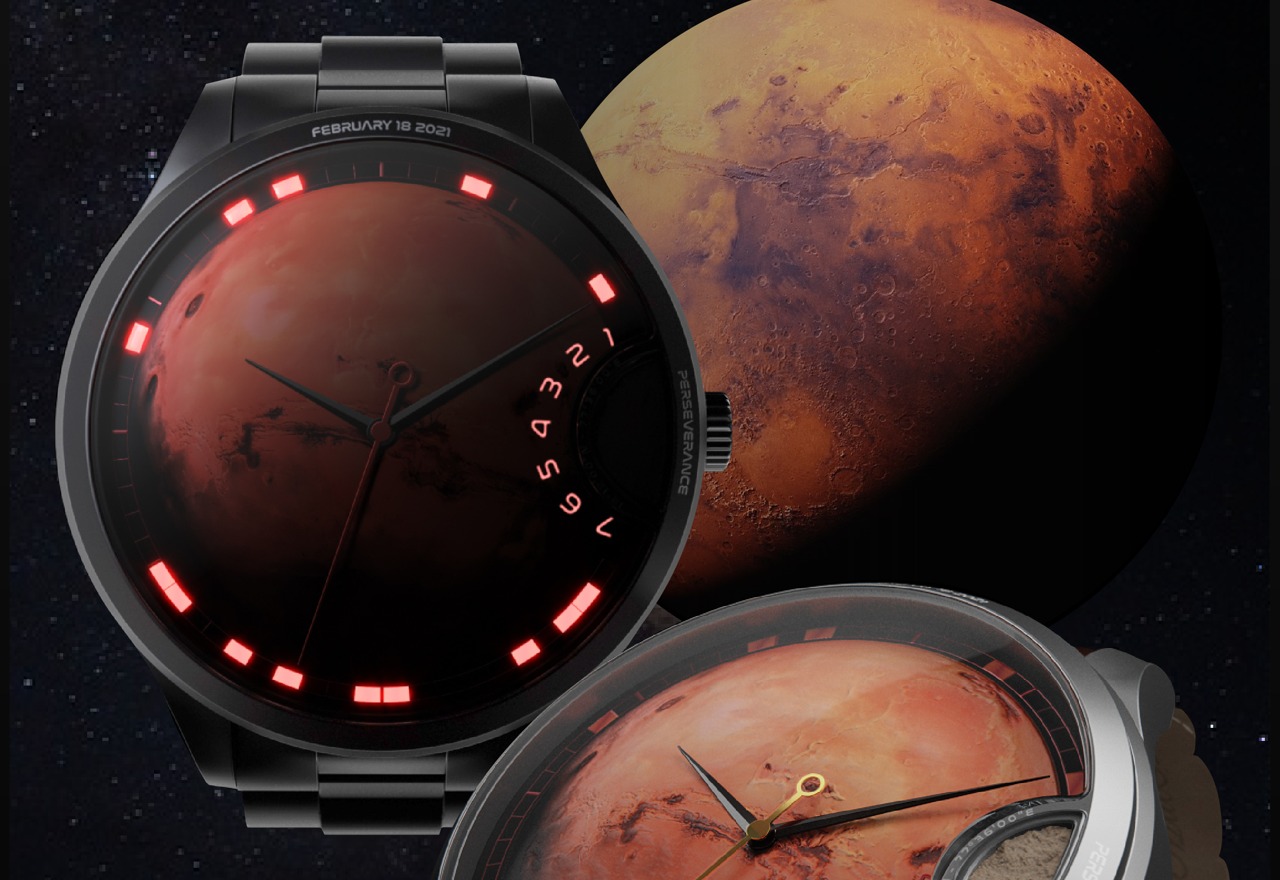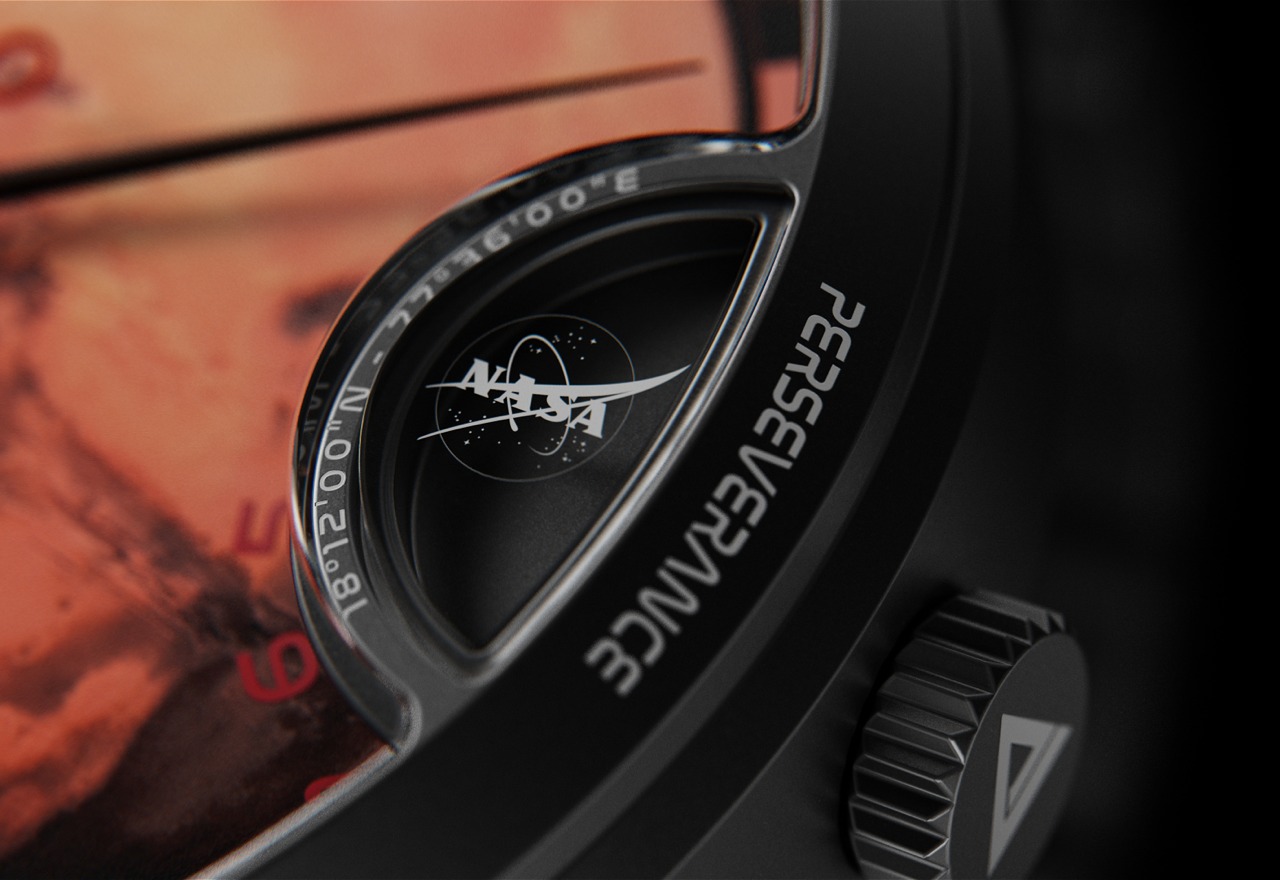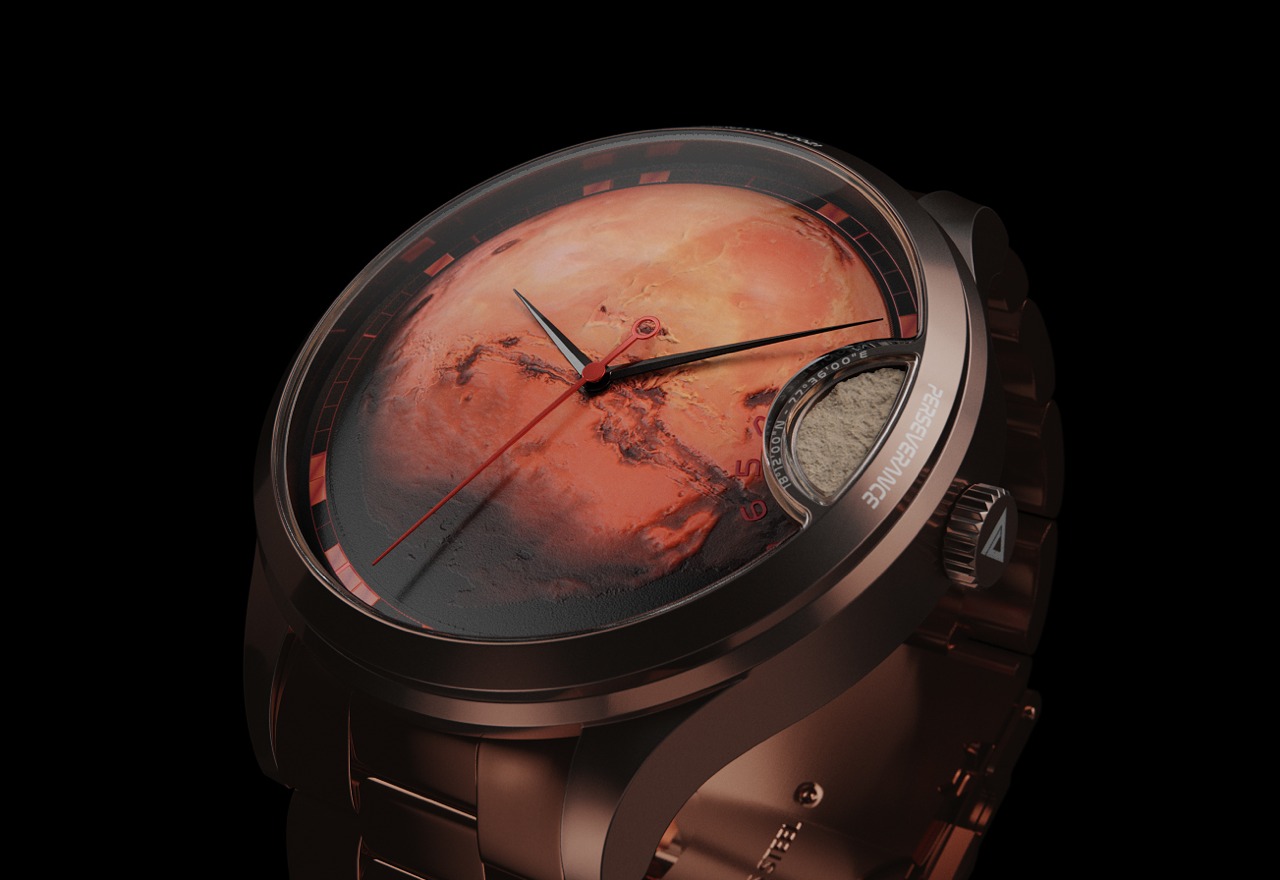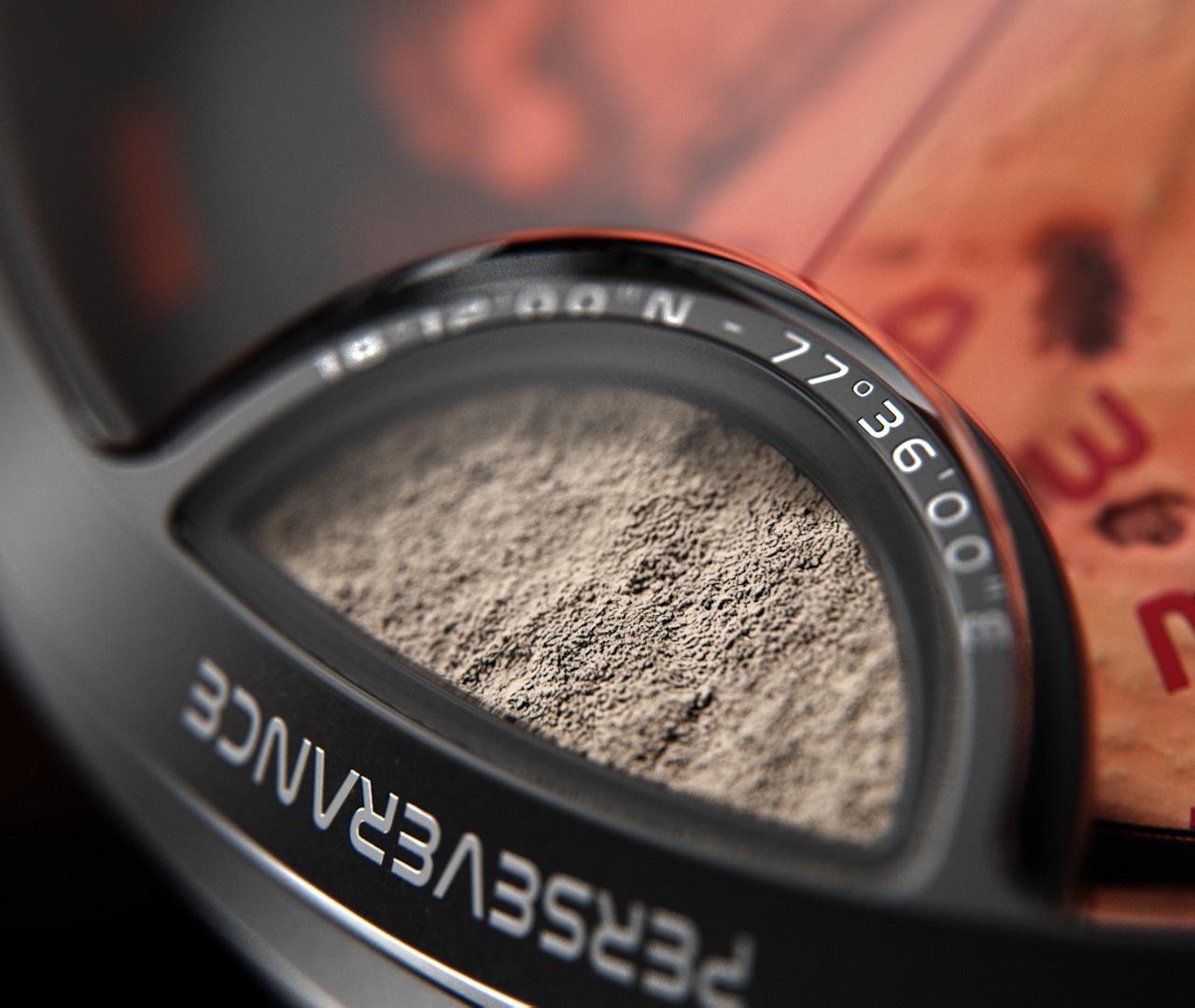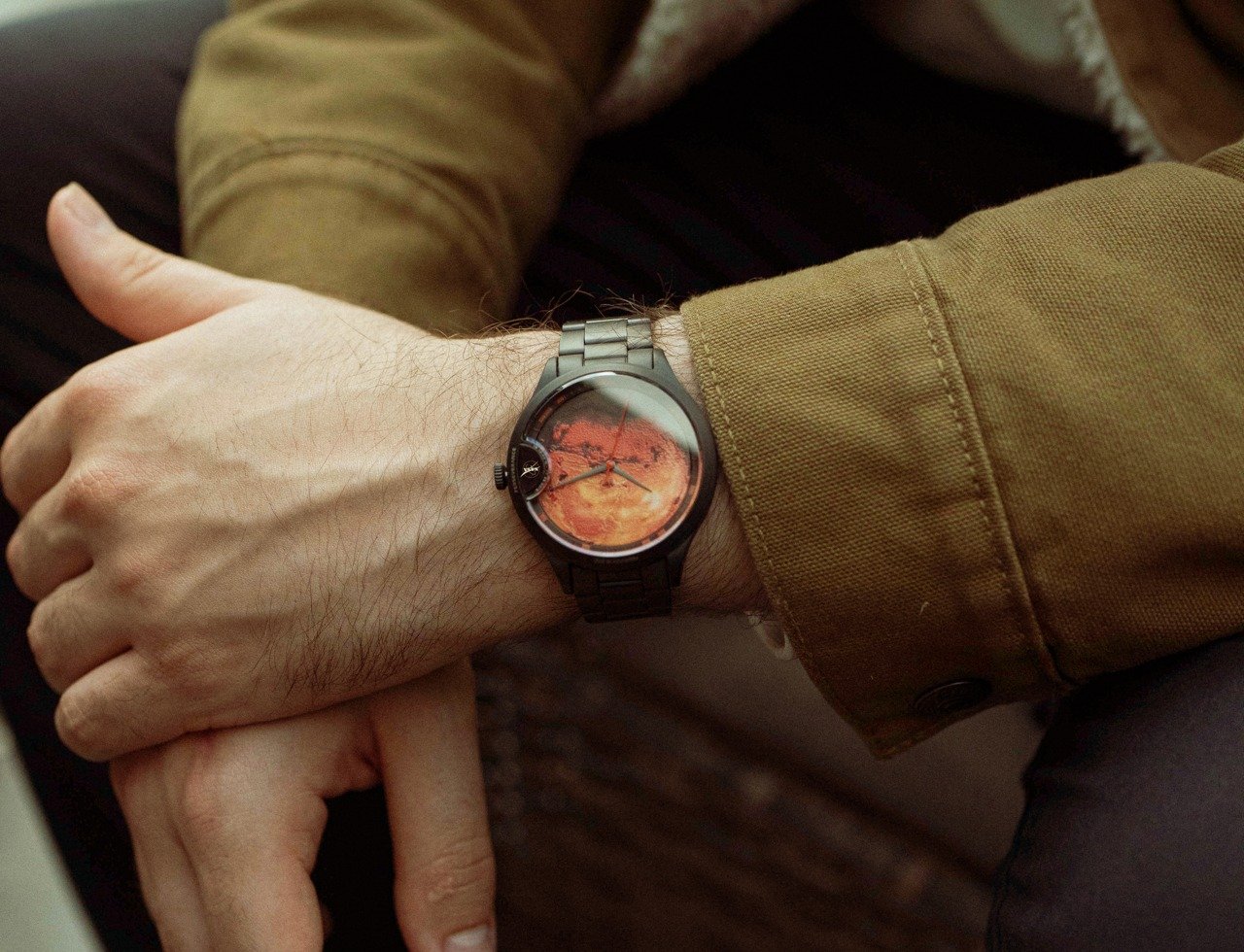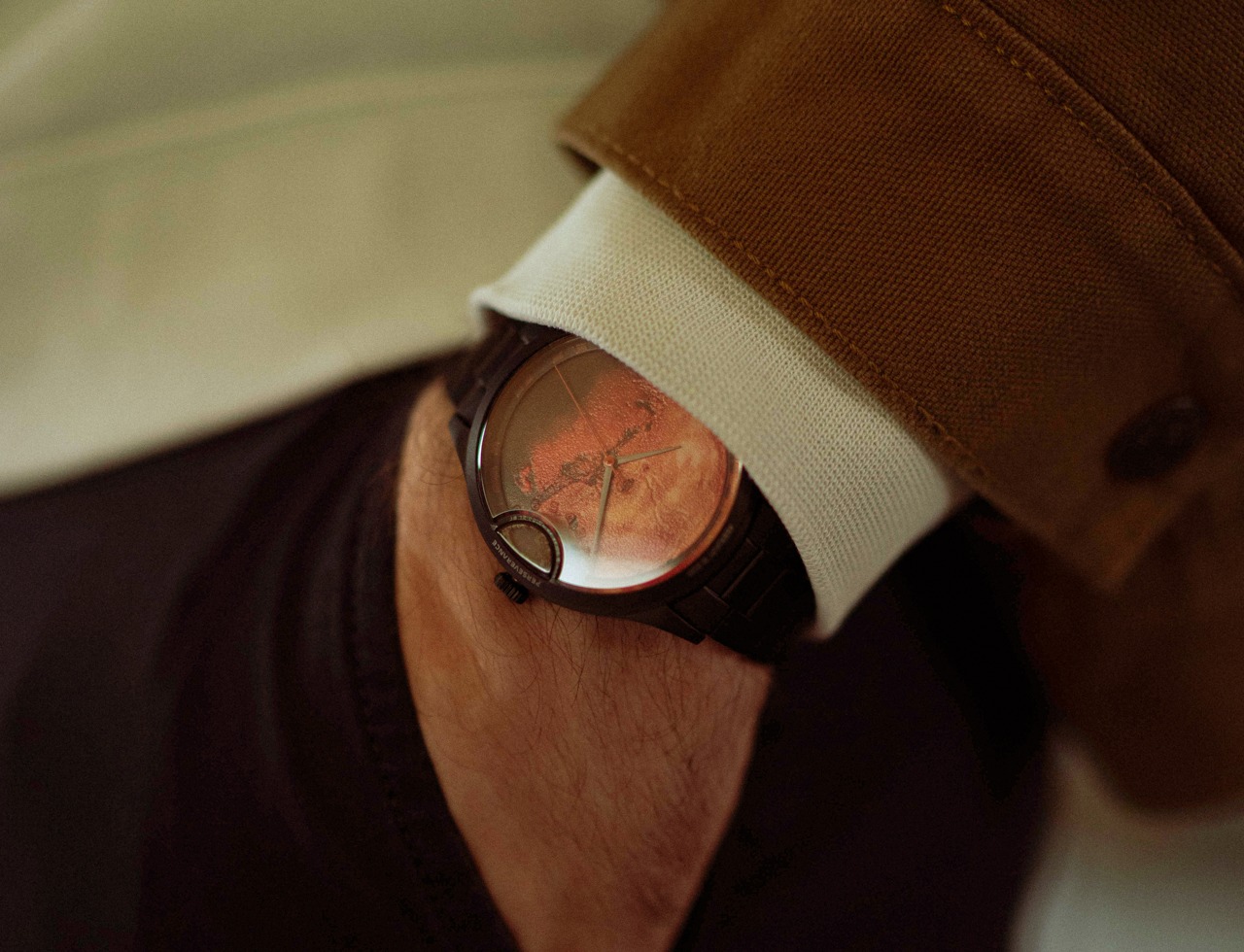We’ve seen enough movies set in space and maybe even some documentaries or real life videos to know that life during space travel can be lonely. So having a pet with the astronauts can help with their mental health. But of course, there are limitations when it comes to actually having pets in space. So the next best thing would be to have a robot that would take the place of a pet and also be able to do even more than real animals. And of course, an AI powered one would probably be even better.
Designer: Jihee Kim

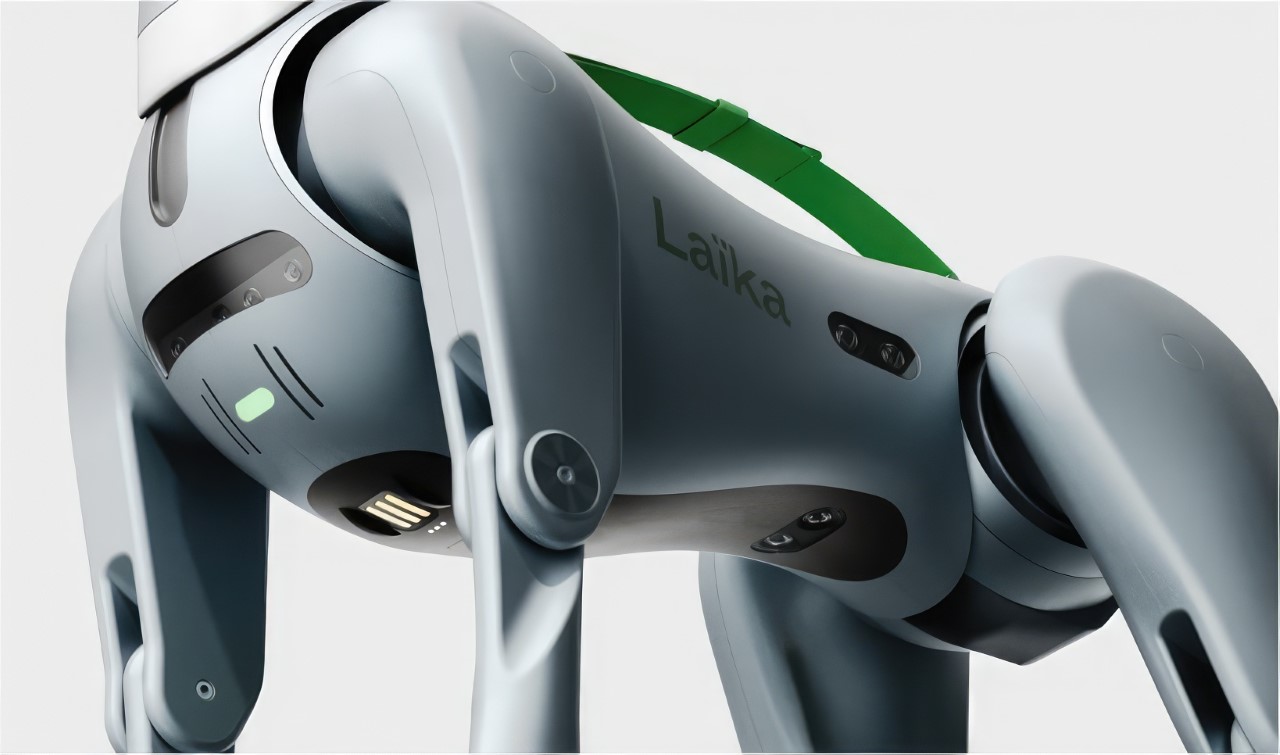

If this concept will come to life, Laika will be an ideal robot pet powered by Artificial Intelligence and it is designed to be as life-like as possible. After all, it is named after one of the first animals in space. While there are several robotic dogs available now, this one is supposedly designed to be a more friendly version. This way it can actually be a beloved pet for the astronauts and it can be integrated in “domestic contexts”. But aside from being a companion, the AI dog can also be used in case of emergencies and even to monitor the health condition of the people on board the space vehicle.
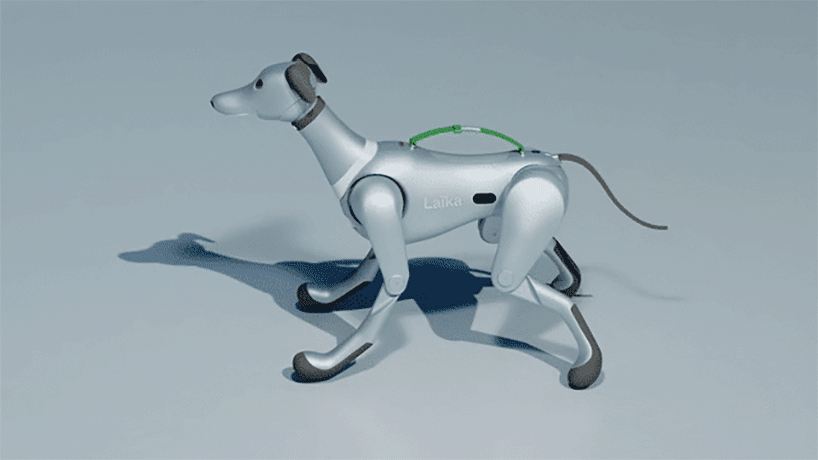


Laika is made from robust titanium so that it can withstand extreme conditions that they may encounter in space. It also comes with different kind of sensors so it can identify objects, people, and even literal space. This includes thermal imaging, depth cameras, slam cameras, and ultrasonic sensors. It also comes with ECG sensors so it will be able to monitor the health condition of the astronauts especially during times when emotions are heightened which can translate physically as well.

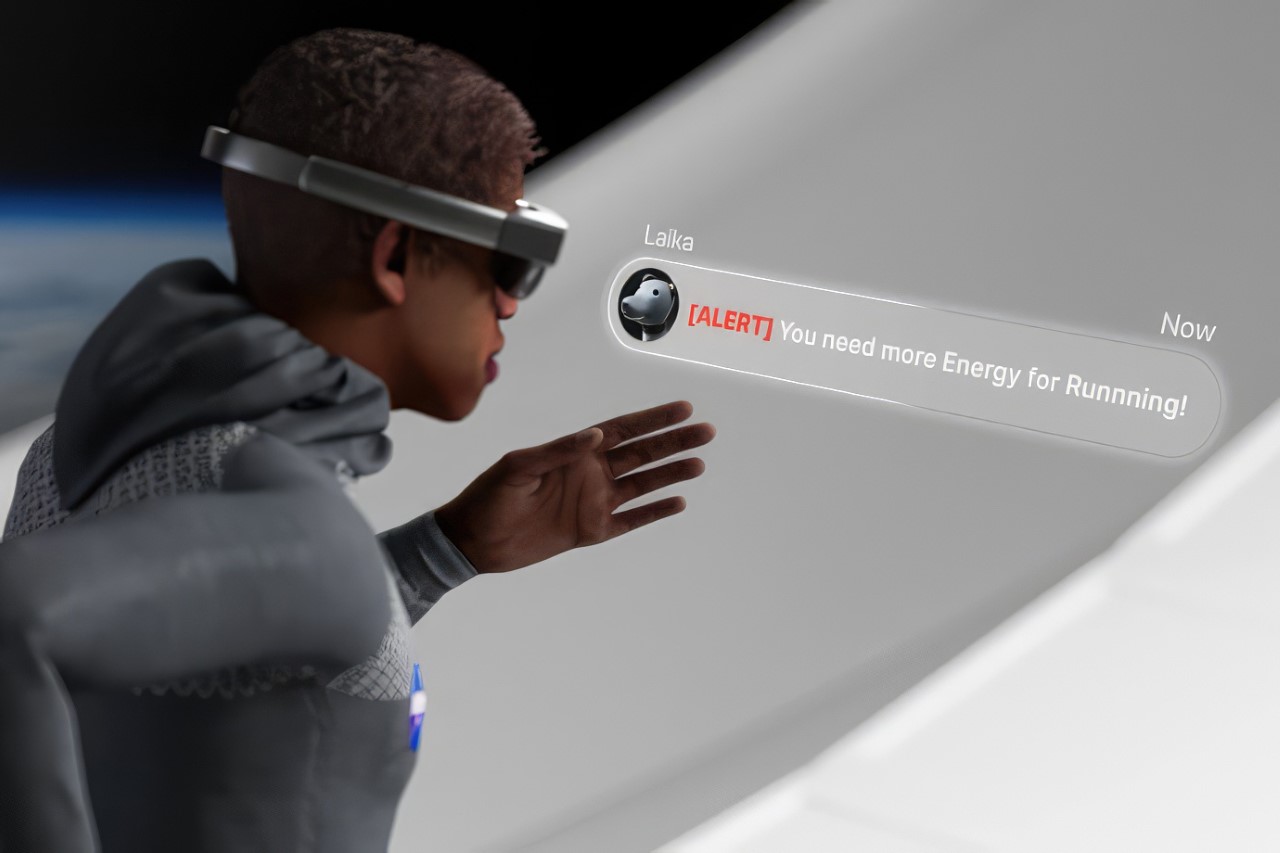
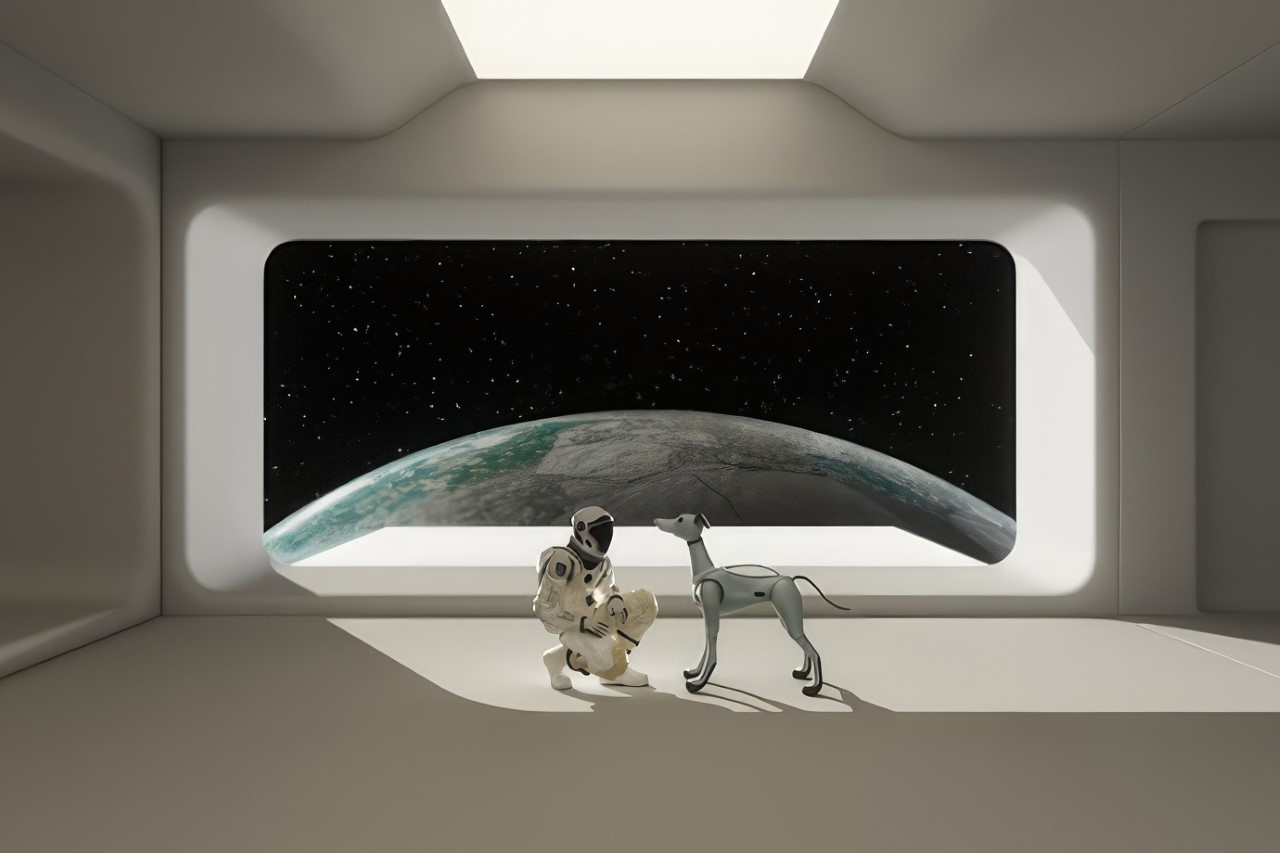
There are also future tweaks to improve more things about Laika, like adding mixed reality glasses so users will be able to get real-time information about their “pet” and their activities. The renders show a friendly-looking dog so it will be a much welcome companion for astronauts who may be missing their actual pet or are in dire need of companionship. It even has a stretchable handle on its back so they can carry small items or users can lift it up and move them around. Laika can also be used for other non-space purposes including domestic situations.

The post Life-like robotic dog can be an AI-powered companion for astronauts first appeared on Yanko Design.
